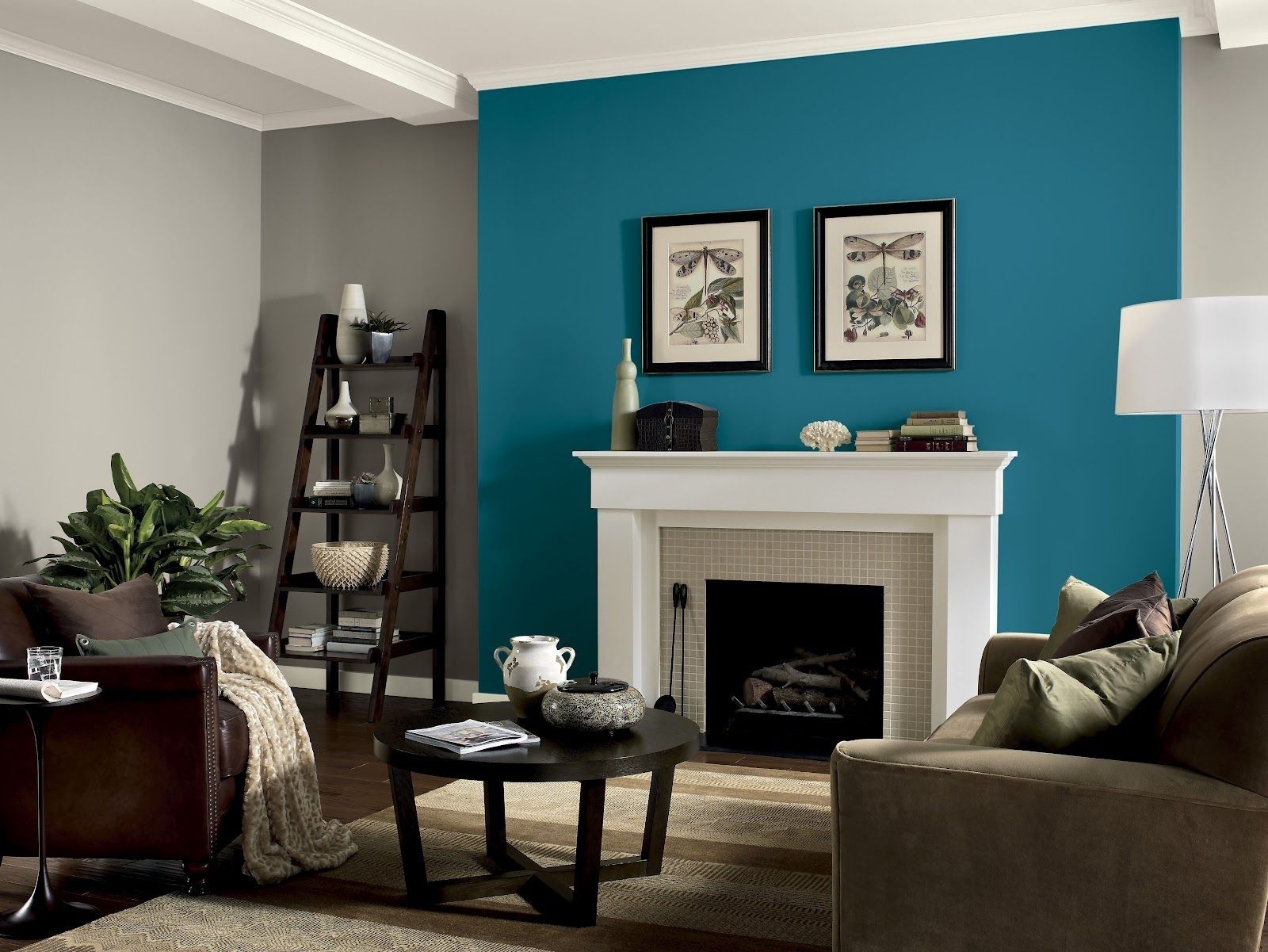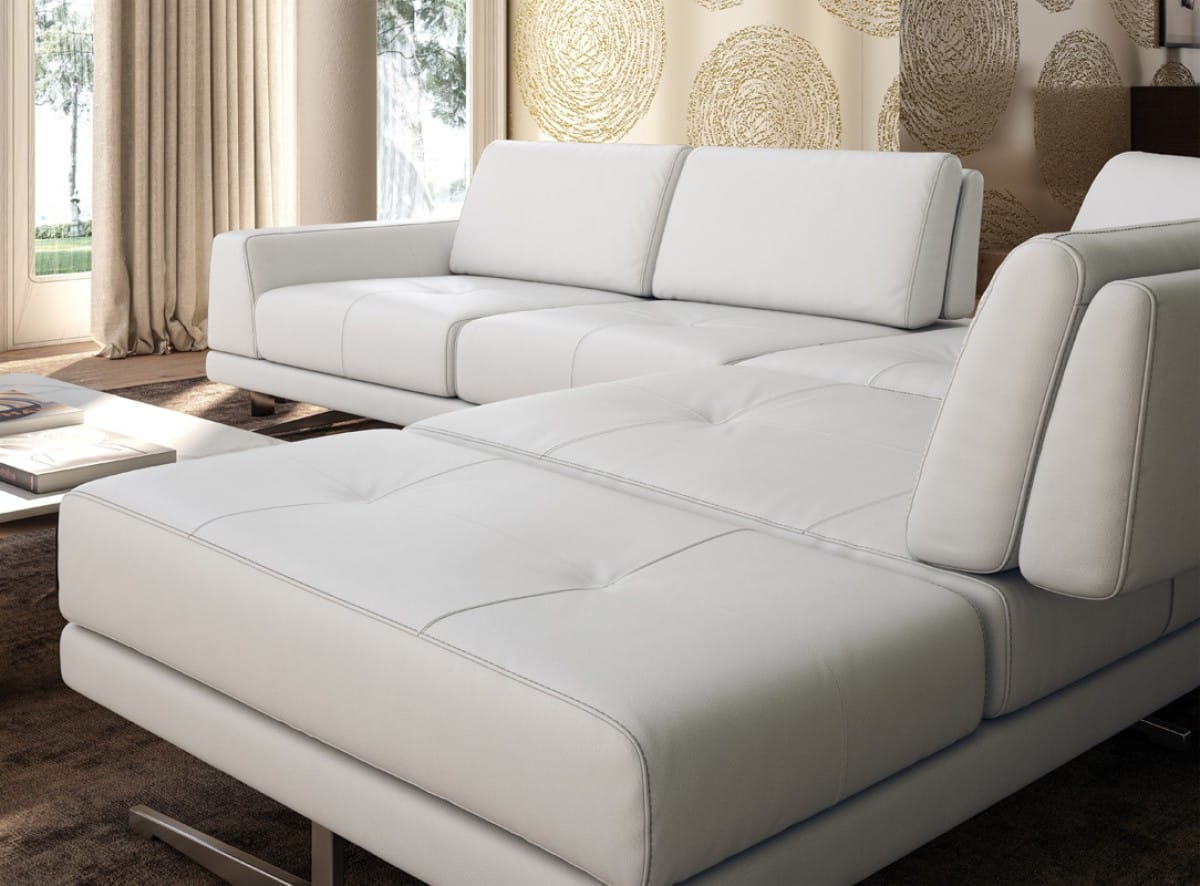The living room is often considered the heart of the home, where family and friends gather to relax and spend quality time together. As such, it’s important to create a space that is not only comfortable and inviting, but also reflects your personal style. One of the most impactful ways to transform your living room is through paint. The right color palette can completely change the look and feel of a room. Here are 10 tips to help you choose the perfect living room paint color.Living Room Paint Tips: How to Choose the Right Color Palette
Tip 1: Consider the size of your living room. Smaller rooms may benefit from lighter colors to create the illusion of more space, while larger rooms can handle darker colors. Tip 2: Think about the natural light in your living room. Rooms with lots of natural light can handle bolder colors, while rooms with less natural light may benefit from lighter, brighter shades. Tip 3: Take inspiration from your existing furniture and decor. If you have a statement piece or a color scheme you love, use it as a starting point for your paint color selection. Tip 4: Consider the overall style of your home. If you have a modern home, bold and trendy colors may work well, while a more traditional home may benefit from classic, neutral shades. Tip 5: Look at the fixed elements in your living room, such as flooring and trim. These elements can help guide your color choices and create a cohesive look. Tip 6: Test your paint colors before committing to a full room. Paint large swatches on your walls and observe how they look in different lighting throughout the day. Tip 7: Don’t be afraid to mix and match colors. You can create a sophisticated look by using different shades of the same color or by pairing complementary colors. Tip 8: Think about the mood you want to create in your living room. Warm colors like red and orange can create a cozy and inviting atmosphere, while cool colors like blue and green can make a room feel more serene. Tip 9: Take into account the function of your living room. If it’s primarily a space for relaxation, choose calming colors. If it’s a space for entertaining, consider brighter, more energetic shades. Tip 10: Don’t be afraid to be bold! Your living room is a space where you can let your personality shine. If you’re drawn to a bold color, go for it. You can always balance it out with neutral accents and decor.10 Tips for Picking the Perfect Living Room Paint Color
Now that you have chosen the perfect color for your living room, it’s time to transform your space. Here are some ideas to help you take your living room paint to the next level: Idea 1: Use an accent wall to add interest and depth to your living room. Choose a bold color or a patterned wallpaper for a statement wall. Idea 2: Create a cohesive look by incorporating your paint color into your decor. This can be done through throw pillows, curtains, and other accents. Idea 3: Experiment with different finishes, such as matte or glossy, to add texture and dimension to your walls. Idea 4: Use paint to create a focal point in your living room. This could be a painted fireplace, a painted accent niche, or a painted ceiling. Idea 5: Don’t be afraid to mix and match patterns and textures in your decor. Bold paint colors can be balanced out with subtle patterns and textures for a visually interesting look.Living Room Paint Ideas: How to Transform Your Space
While paint can transform a space, it’s important to avoid some common mistakes that can detract from the overall look of your living room. Here are five mistakes to avoid: Mistake 1: Choosing a paint color based on a small swatch or a photo. Always test your paint colors in the room and lighting they will be used in. Mistake 2: Ignoring the undertones of your paint color. Pay attention to whether your color has warm or cool undertones to ensure it will work well with your existing decor. Mistake 3: Using too many bold colors in one space. While it’s important to express your personality, using too many bold colors can create a chaotic and overwhelming look. Mistake 4: Forgetting to consider the overall flow of your home. Your living room color should complement the colors in the rest of your home to create a cohesive look. Mistake 5: Overlooking the power of a fresh coat of paint. Don’t be afraid to update your living room with a new paint color to refresh and revitalize the space.5 Common Living Room Paint Mistakes to Avoid
When it comes to living room paint, there are always new trends emerging. Here are some current trends to keep in mind when choosing your paint color: In: Warm, earthy tones like terracotta and olive green. These colors create a cozy and inviting atmosphere. In: Jewel tones like emerald green and sapphire blue. These bold colors can add a touch of luxury and sophistication to your living room. In: Monochromatic color schemes. This trend involves using different shades of the same color to create a layered and cohesive look. Out: All white or all gray living rooms. While these neutral colors are timeless, they are being replaced with more colorful and unique options. Out: Matching furniture sets. Mixing and matching furniture styles and colors is more on trend than matching sets.Living Room Paint Trends: What's In and What's Out
Before you start painting your living room, it’s important to properly prepare your walls. Here are the steps to follow: Step 1: Remove all furniture and decor from the room to avoid any accidental paint splatters. Step 2: Fill in any holes or cracks in the walls with spackle and sand them down once dry. Step 3: Clean the walls with a mild detergent and water to remove any dirt or grime. Step 4: Tape off any areas you don’t want to get paint on, such as trim, windows, and outlets. Step 5: Prime the walls if necessary. This will help the paint adhere better and result in a smoother finish. Step 6: Use a drop cloth to protect your flooring and start painting!How to Prep Your Living Room Walls for Painting
The finish of your paint can have a big impact on the overall look and feel of your living room. Here are the most common finishes and when to use them: Flat: This finish has no shine and is best used on ceilings or low-traffic areas. Eggshell: This finish has a slight sheen and is good for living rooms as it is easy to clean and has a subtle shine. Satin: This finish has a higher sheen and is good for high-traffic areas like living rooms. It can be easily cleaned and has a slightly glossy appearance. Semi-gloss: This finish has a high shine and is great for areas that need extra durability and can handle frequent cleaning. Gloss: This finish has the highest shine and is best used on doors, trim, and other accents to add a touch of drama to your living room.Choosing the Best Finish for Your Living Room Paint
If you have a small living room, choosing the right paint color can make a big difference in how spacious it feels. Here are some colors that can make your living room feel bigger: Light gray: This color is a great neutral option that can open up a space and make it feel airy and bright. Soft blue: Soft blues can create a soothing and calming atmosphere while making a room feel more spacious. Pale pink: While pink may seem like an unconventional choice, a pale pink can add a subtle and sophisticated touch to a small living room while making it feel larger. Off-white: Opting for an off-white color can create a clean and crisp look that reflects light and makes a room feel bigger.Living Room Paint Colors That Will Make Your Space Feel Bigger
Once you have chosen the perfect paint color for your living room, it’s important to bring it all together with your decor. Here are some tips for creating a cohesive look: Tip 1: Use your paint color as a starting point for your decor. Pull colors from your paint swatch to incorporate into your furniture, accessories, and accents. Tip 2: Mix and match patterns and textures to add interest and depth to your living room. Just make sure they complement each other and don’t clash. Tip 3: Use a variety of lighting sources to enhance your paint color and create different moods in your living room. Tip 4: Don’t be afraid to incorporate different styles into your decor. Mixing modern and traditional elements can create a unique and visually appealing look.Creating a Cohesive Look with Living Room Paint and Decor
Accent walls are a great way to add a pop of color or pattern to your living room without overwhelming the space. Here are some tips for using accent walls: Tip 1: Choose a wall that is a natural focal point in your living room, such as the wall behind your sofa or the wall with a fireplace. Tip 2: Consider using a bold color or a patterned wallpaper for your accent wall to make it stand out from the rest of the room. Tip 3: Use accent decor and furniture to tie in the color or pattern of your accent wall and create a cohesive look. Tip 4: Don’t be afraid to change up your accent wall over time to keep your living room feeling fresh and updated.How to Use Accent Walls to Add Interest to Your Living Room
Choosing the Right Color Palette

Consider the Function of the Room
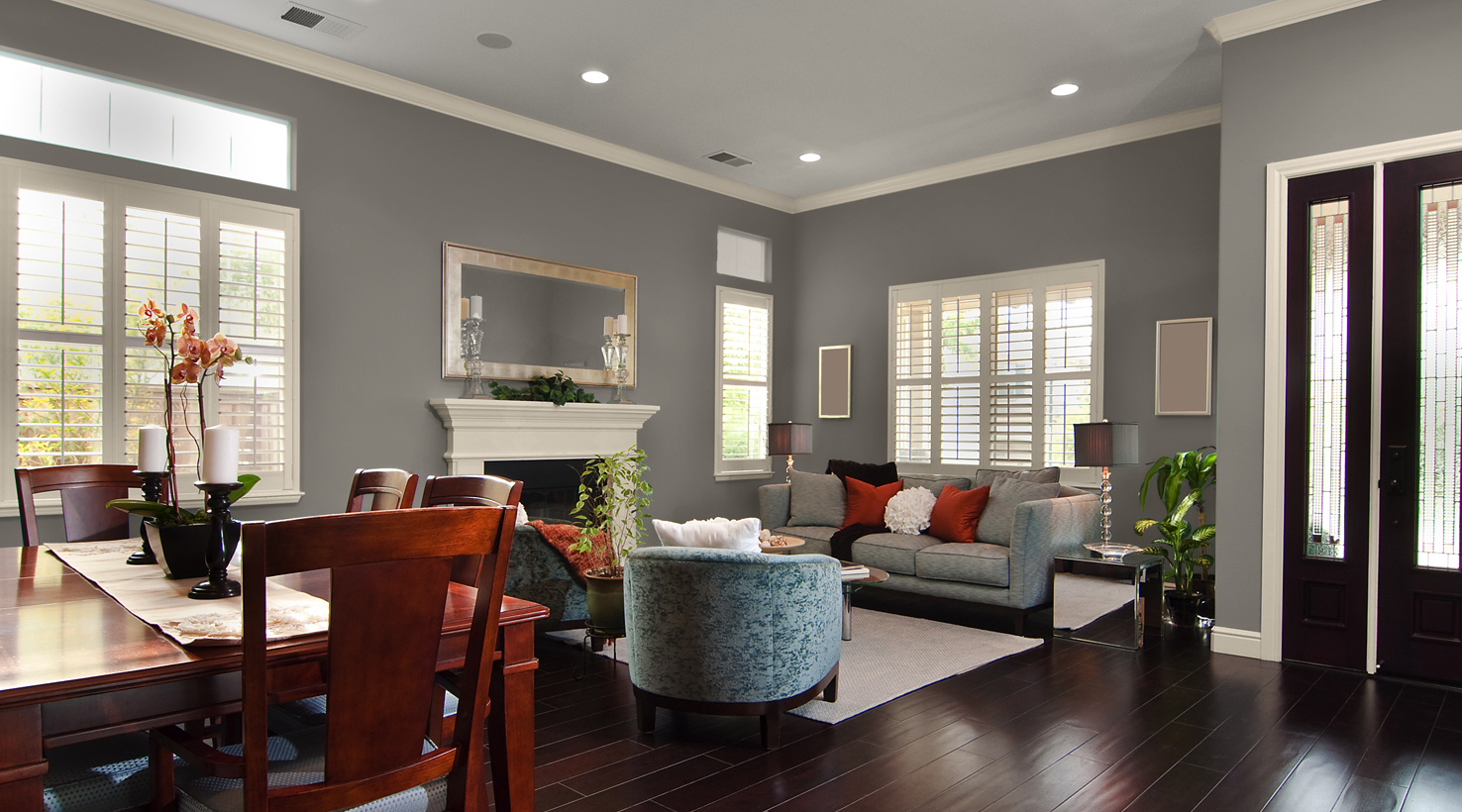 When it comes to choosing a paint color for your living room, it's important to consider the function of the space. Are you looking for a cozy and inviting atmosphere or a more formal and elegant feel?
Using warm and neutral colors like beige, ivory, or light gray can create a cozy and welcoming vibe, while cooler tones like blues and greens can add a touch of sophistication and elegance.
It's also important to consider the natural light in your living room.
If the room gets a lot of natural light, you may want to opt for lighter colors to enhance the brightness, or if the room lacks natural light, you may want to choose darker colors to create a more intimate and cozy ambiance.
When it comes to choosing a paint color for your living room, it's important to consider the function of the space. Are you looking for a cozy and inviting atmosphere or a more formal and elegant feel?
Using warm and neutral colors like beige, ivory, or light gray can create a cozy and welcoming vibe, while cooler tones like blues and greens can add a touch of sophistication and elegance.
It's also important to consider the natural light in your living room.
If the room gets a lot of natural light, you may want to opt for lighter colors to enhance the brightness, or if the room lacks natural light, you may want to choose darker colors to create a more intimate and cozy ambiance.
Coordinate with Existing Décor
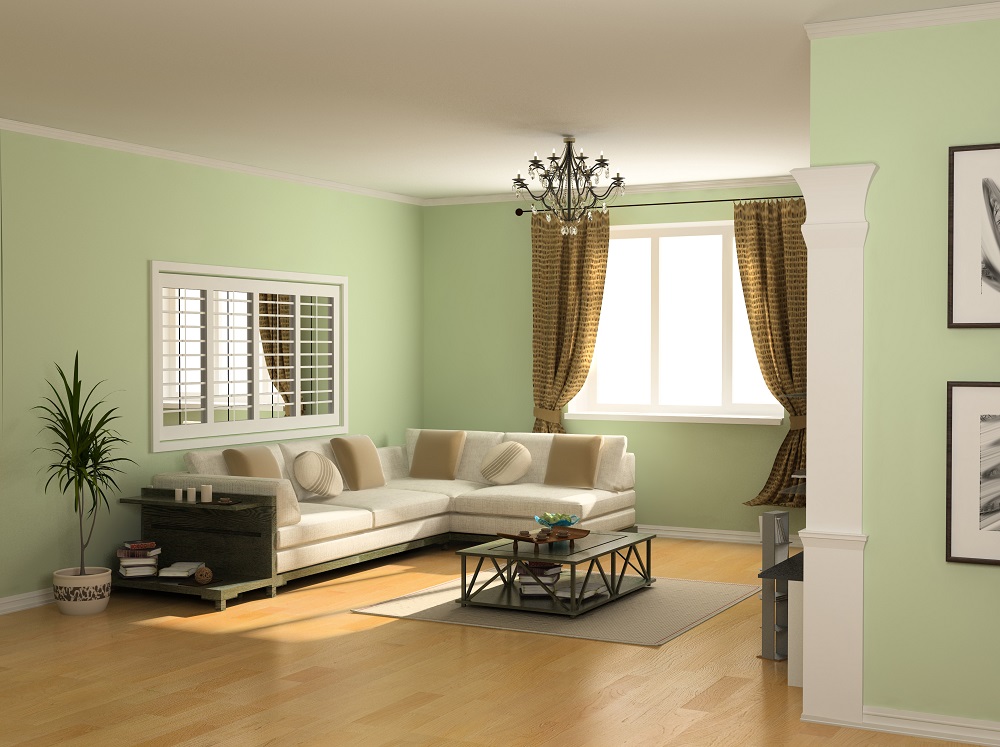 Another important factor to consider when choosing a paint color for your living room is the existing décor.
You want your paint color to complement and enhance the furniture, rugs, and other decorative elements in the room.
If you have bold and colorful furniture, a neutral paint color like white or beige can help balance out the space.
On the other hand, if your furniture and décor are more muted, a bold and vibrant paint color can add a pop of personality and interest to the room.
It's also a good idea to choose a paint color that coordinates with the color scheme of your home as a whole, to create a cohesive and harmonious look.
Another important factor to consider when choosing a paint color for your living room is the existing décor.
You want your paint color to complement and enhance the furniture, rugs, and other decorative elements in the room.
If you have bold and colorful furniture, a neutral paint color like white or beige can help balance out the space.
On the other hand, if your furniture and décor are more muted, a bold and vibrant paint color can add a pop of personality and interest to the room.
It's also a good idea to choose a paint color that coordinates with the color scheme of your home as a whole, to create a cohesive and harmonious look.
Consider the Mood You Want to Create
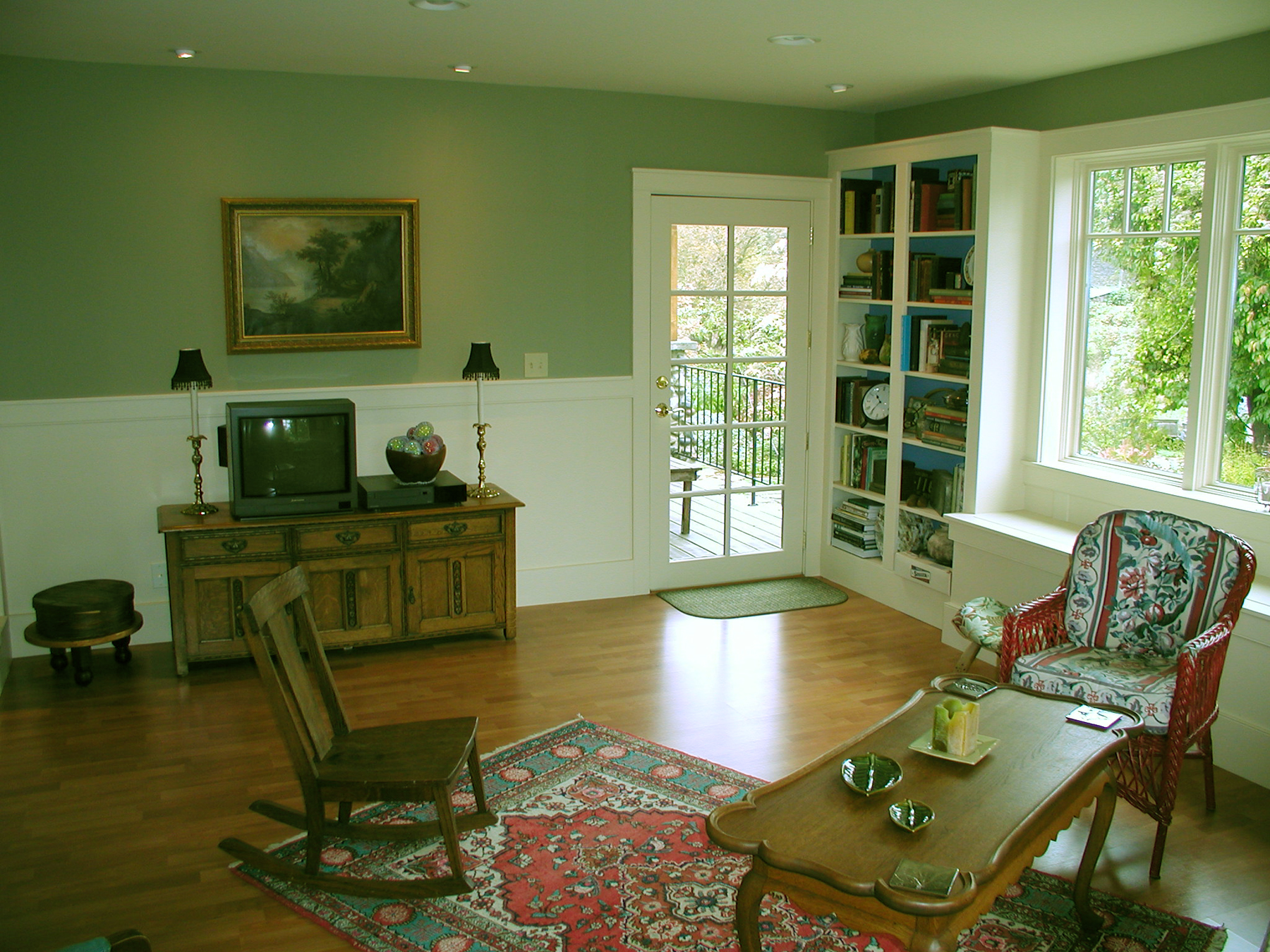 The color of a room can greatly influence the mood and atmosphere of the space.
Bright and bold colors like red, orange, and yellow can create a cheerful and energetic atmosphere, while cool and calming colors like blue and green can promote relaxation and tranquility.
If you want your living room to feel like a peaceful retreat, consider using cool and muted tones.
For a more lively and vibrant space, opt for warmer and brighter colors.
It's important to think about the overall mood and ambiance you want to create in your living room and choose a paint color that aligns with that vision.
The color of a room can greatly influence the mood and atmosphere of the space.
Bright and bold colors like red, orange, and yellow can create a cheerful and energetic atmosphere, while cool and calming colors like blue and green can promote relaxation and tranquility.
If you want your living room to feel like a peaceful retreat, consider using cool and muted tones.
For a more lively and vibrant space, opt for warmer and brighter colors.
It's important to think about the overall mood and ambiance you want to create in your living room and choose a paint color that aligns with that vision.
Final Thoughts
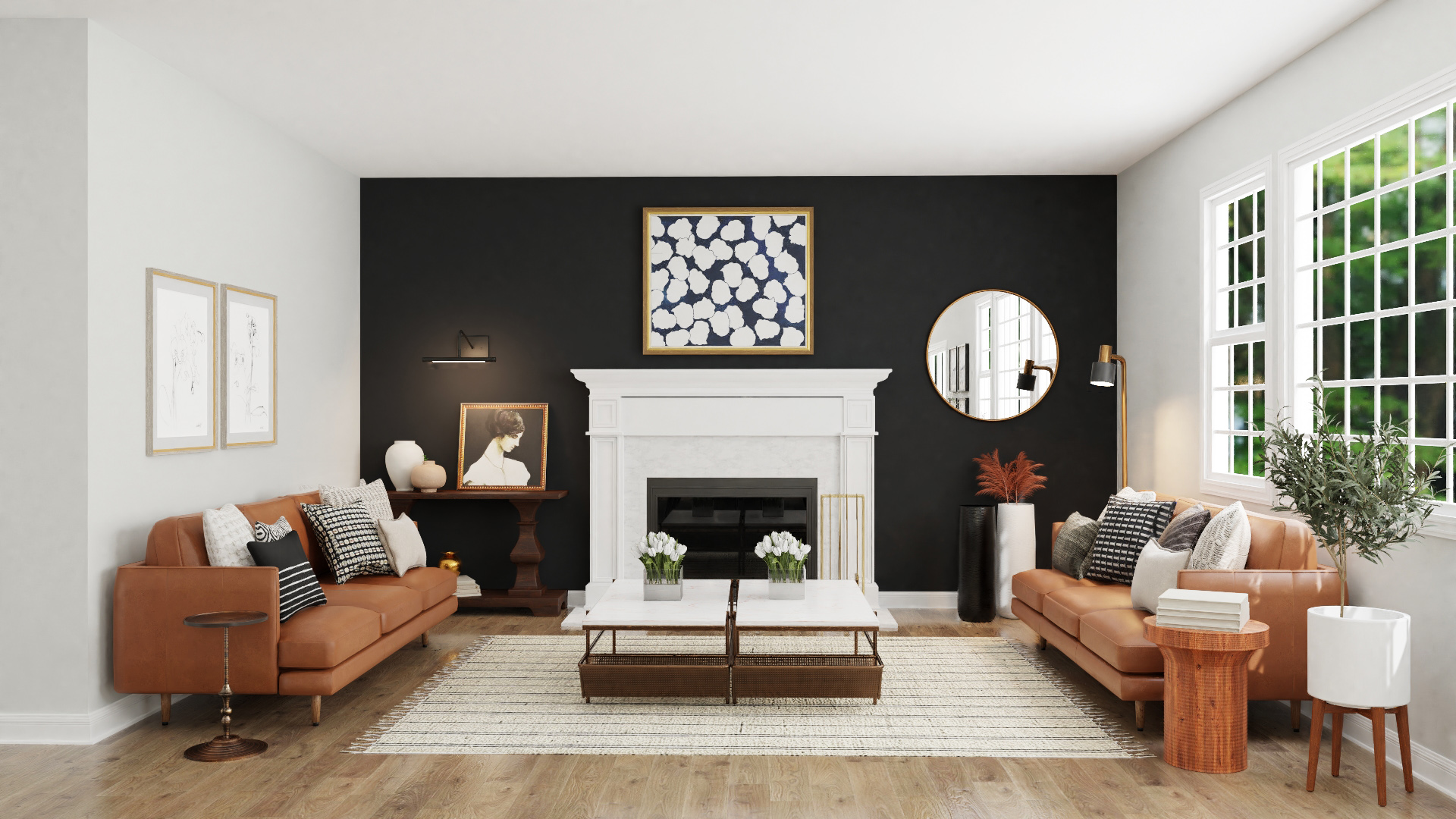 Ultimately, the most important thing when choosing a paint color for your living room is to go with your gut and choose a color that you love.
Don't be afraid to experiment with different shades and tones to find the perfect color for your space.
Remember to also consider the function of the room, coordinate with existing décor, and think about the mood you want to create. With these tips in mind, you'll be well on your way to creating a beautiful and inviting living room that reflects your personal style.
Ultimately, the most important thing when choosing a paint color for your living room is to go with your gut and choose a color that you love.
Don't be afraid to experiment with different shades and tones to find the perfect color for your space.
Remember to also consider the function of the room, coordinate with existing décor, and think about the mood you want to create. With these tips in mind, you'll be well on your way to creating a beautiful and inviting living room that reflects your personal style.




:max_bytes(150000):strip_icc()/showcase-home-interior-looks-inviting--487916813-5accd093fa6bcc00361bb970.jpg)
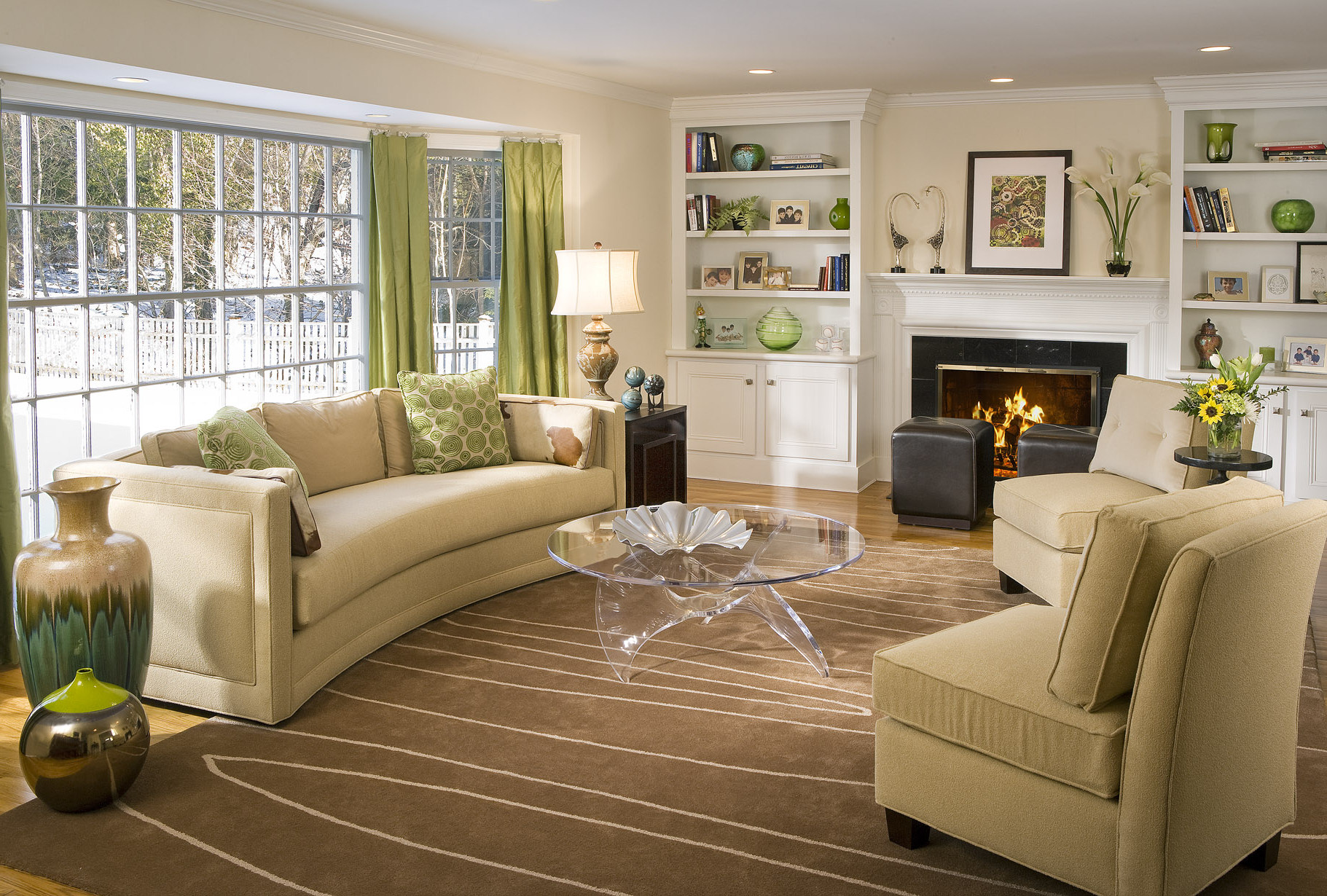
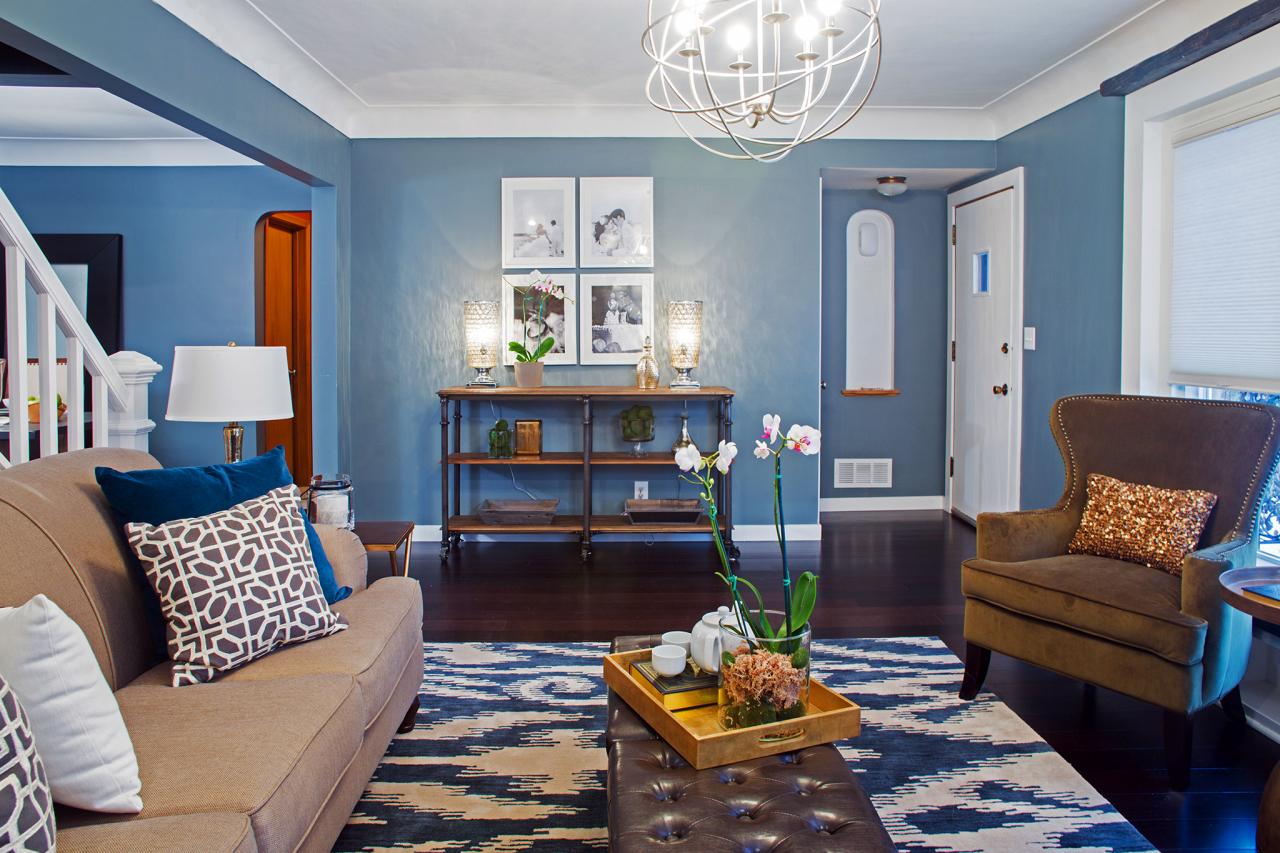

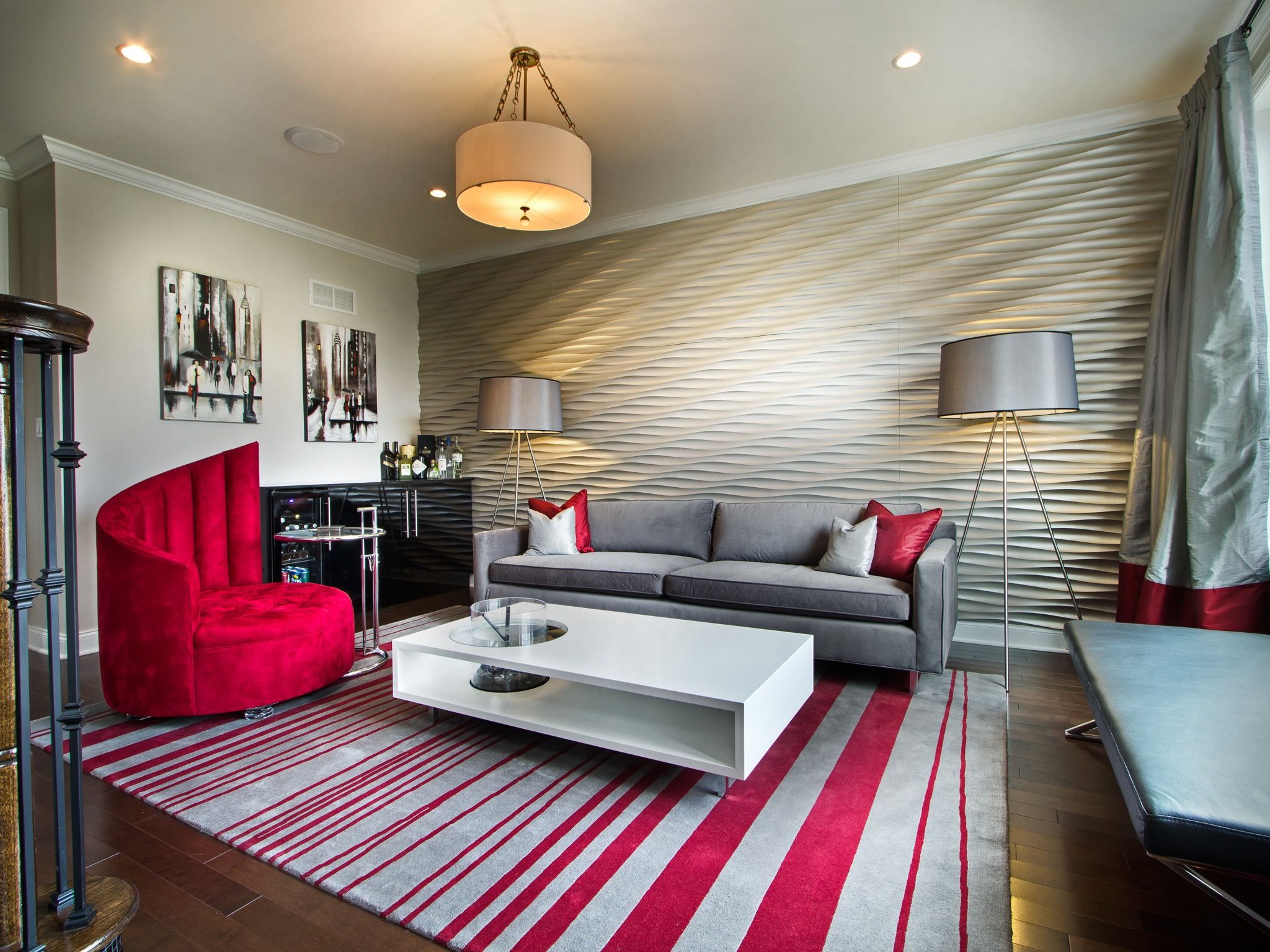


/GettyImages-LivingRoomColors-56f0d51e3df78ce5f83b802e.jpg)
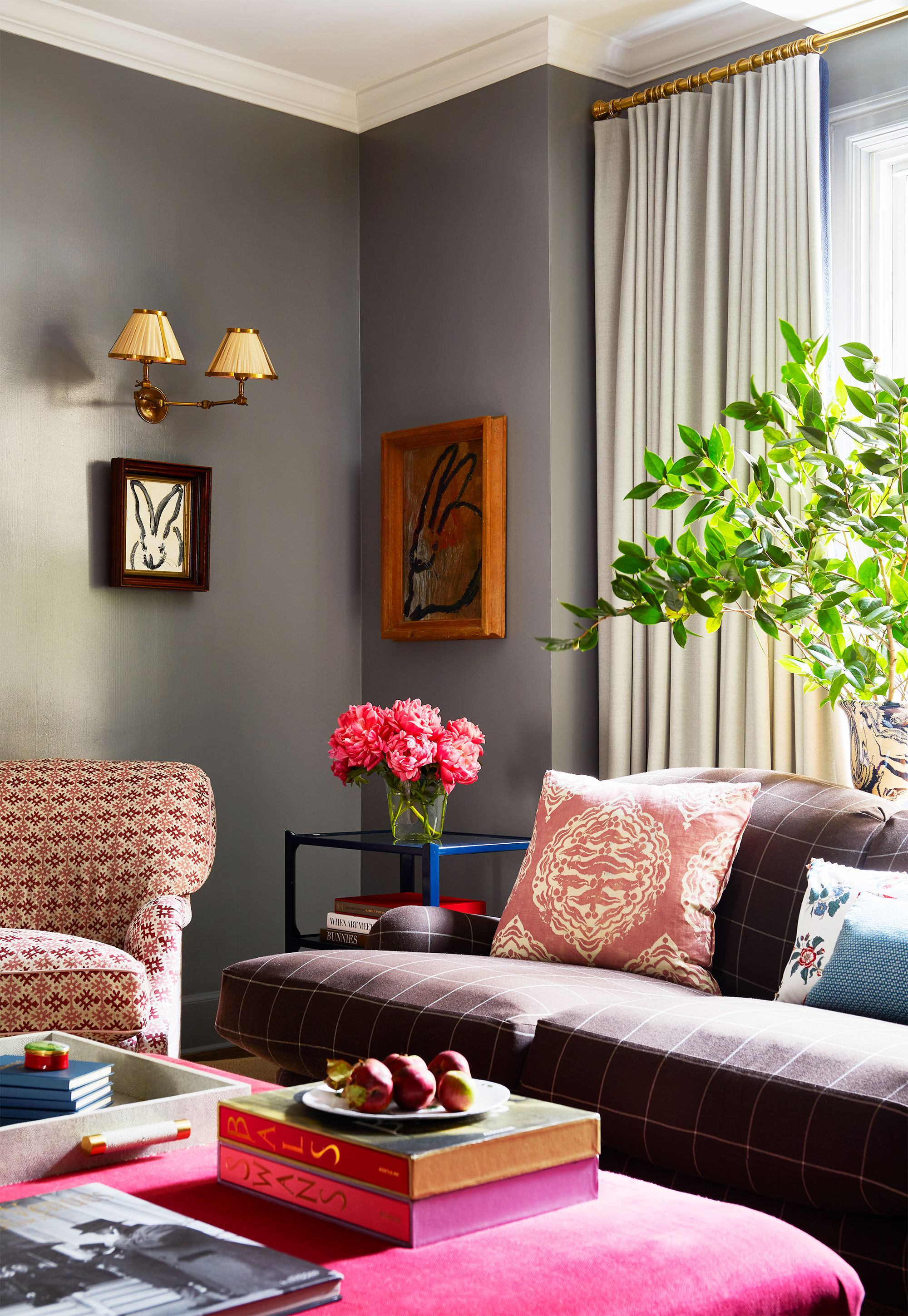
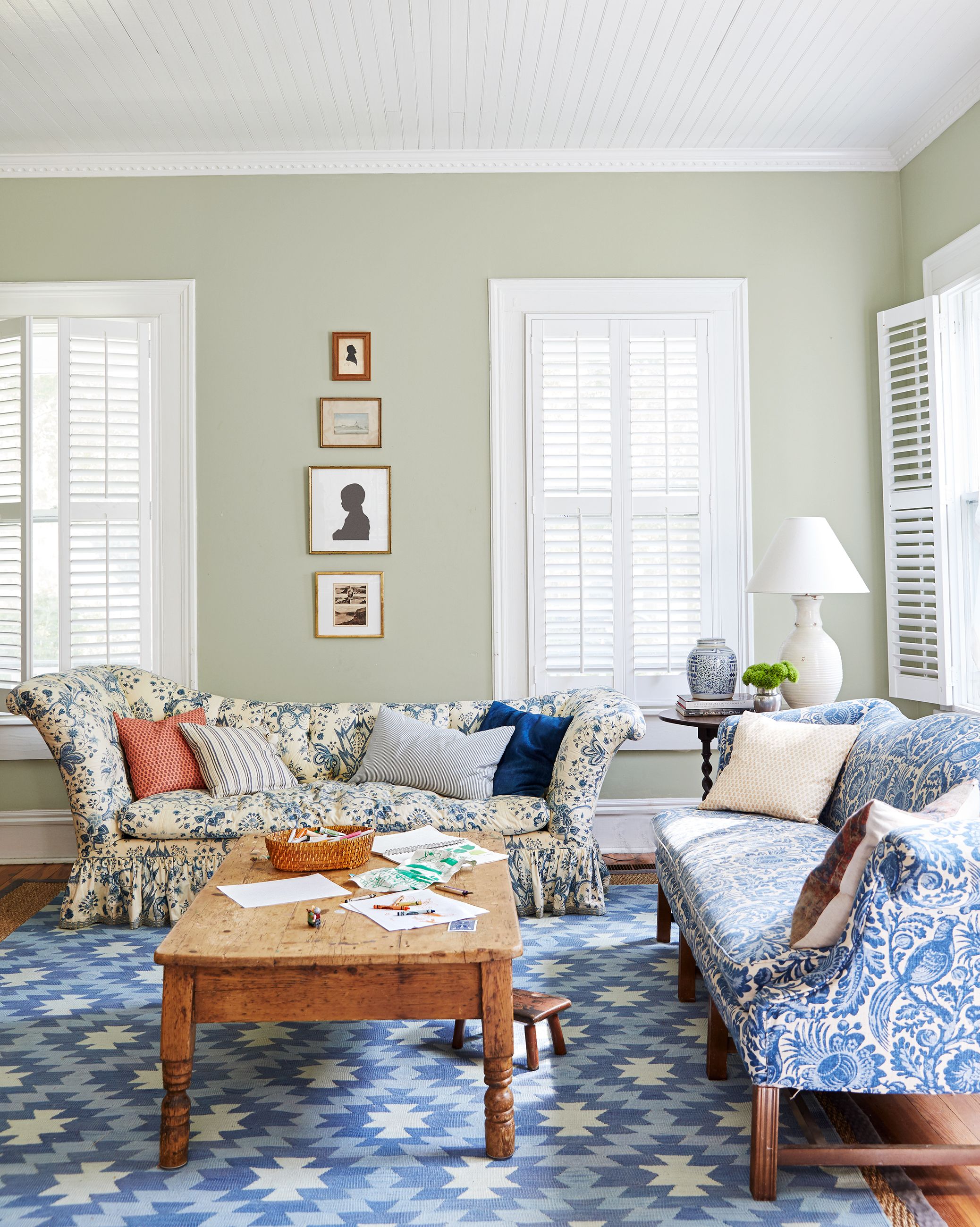

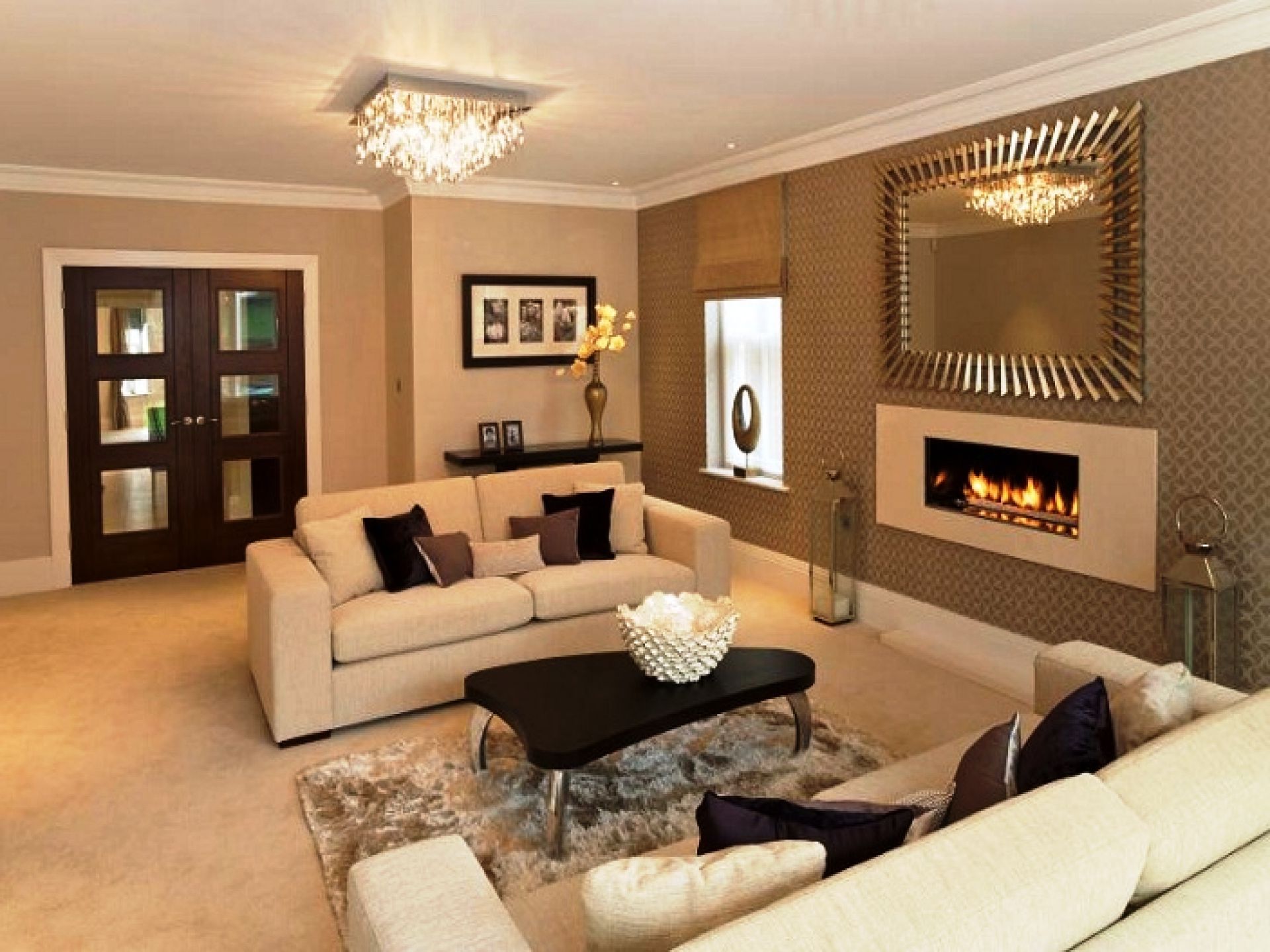
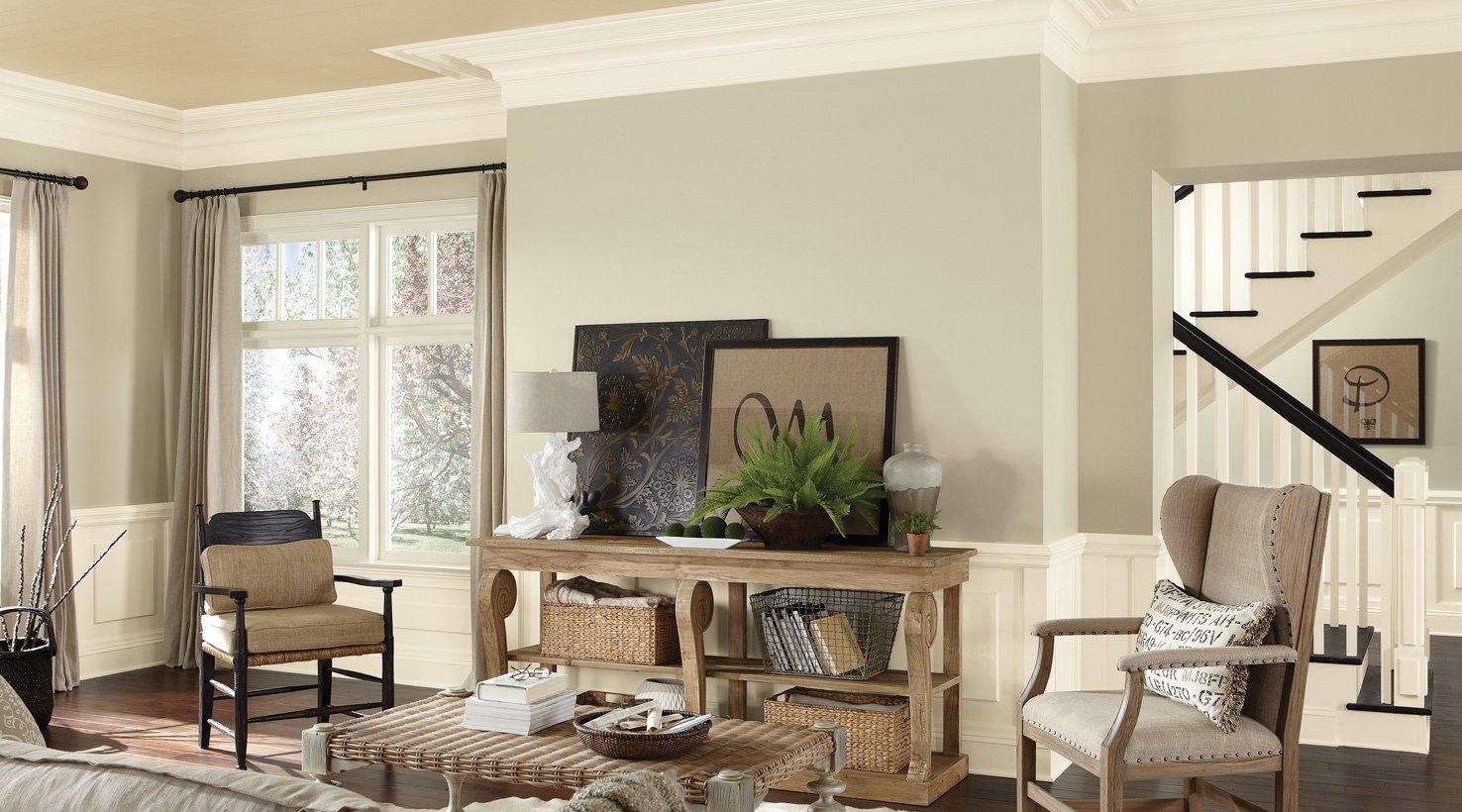
:max_bytes(150000):strip_icc()/Filtered-Shade-4003-1B-Valspar-cef8e6cc1adb45ae98aadfc48144956b.png)
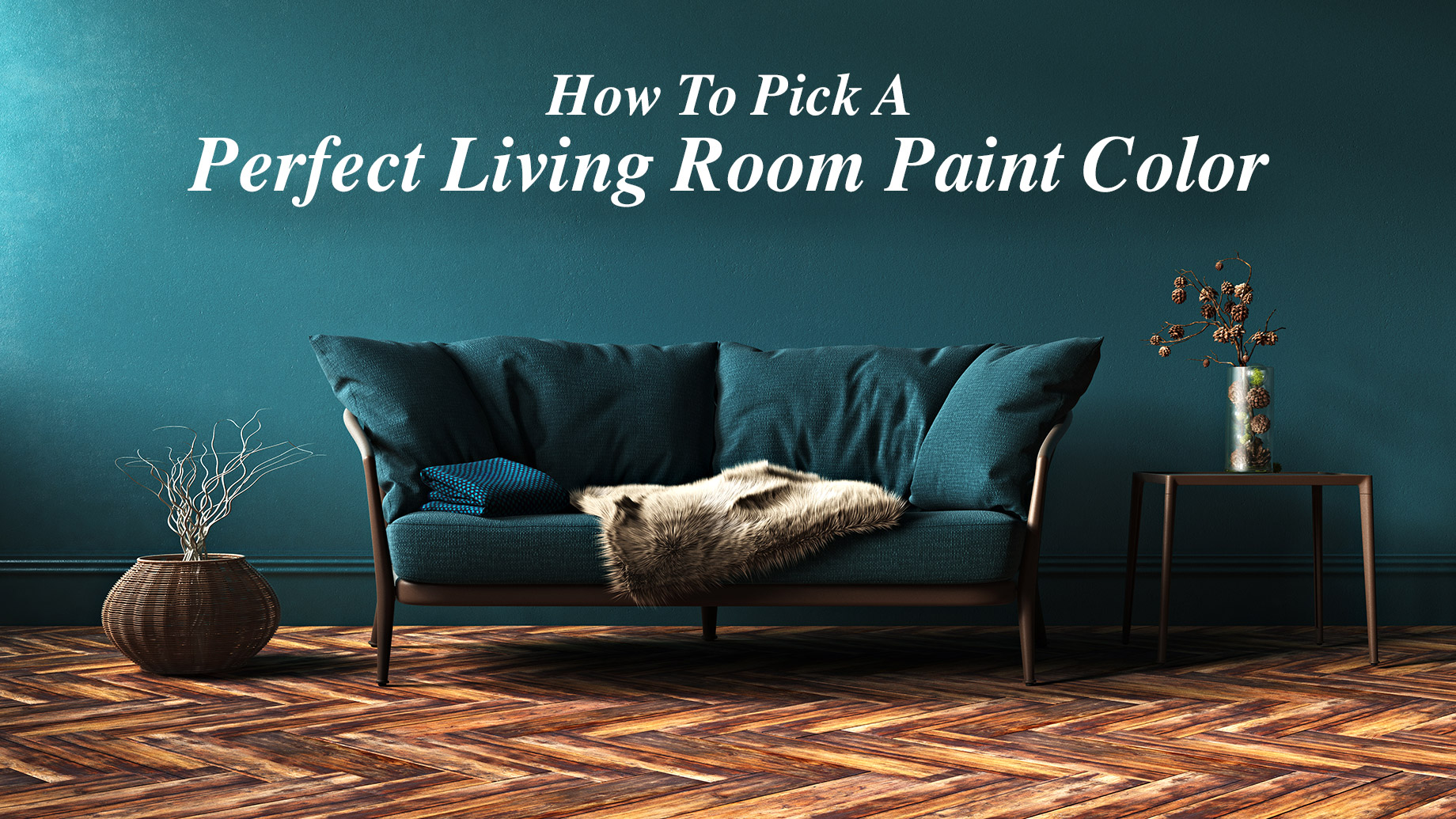





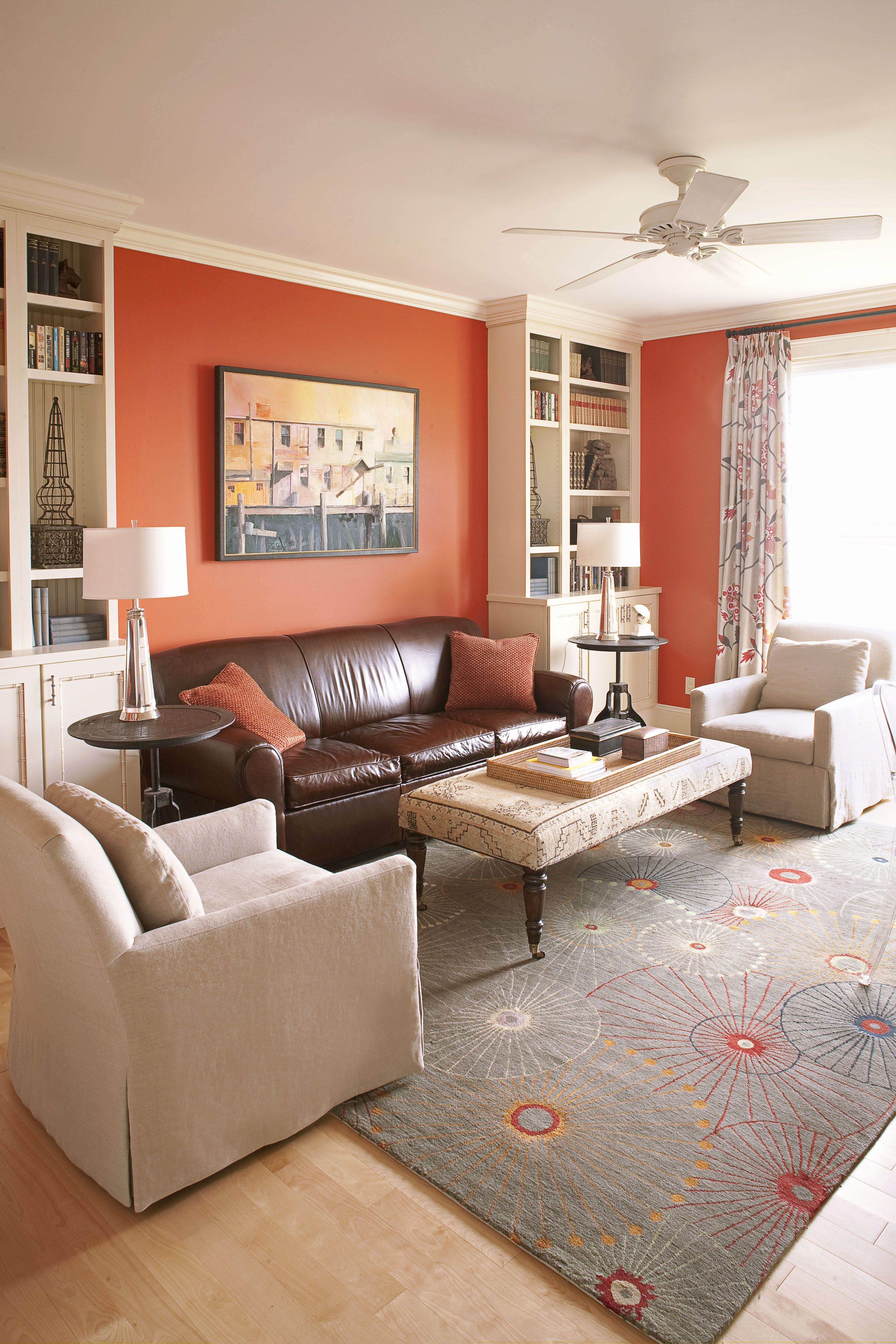


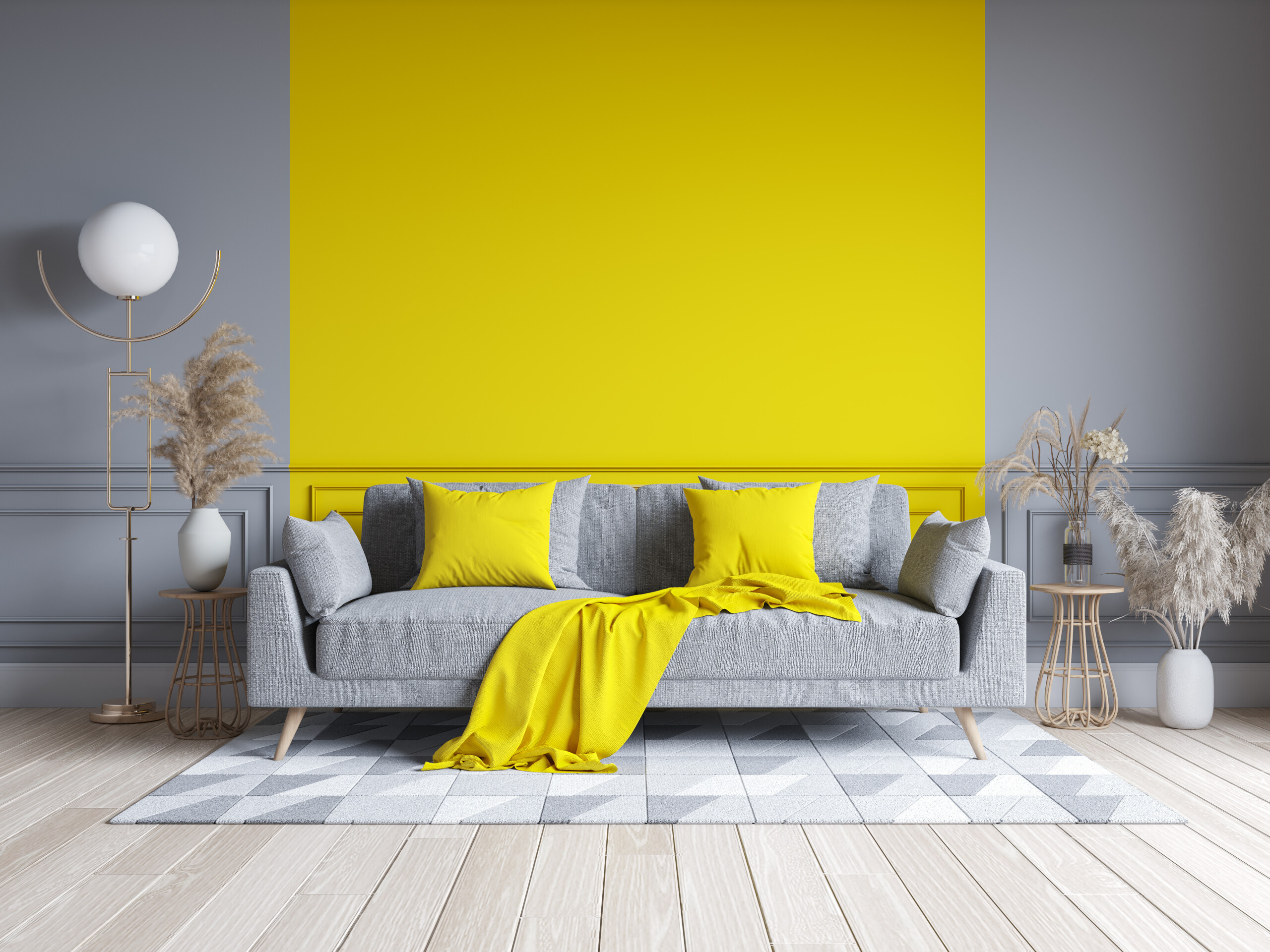
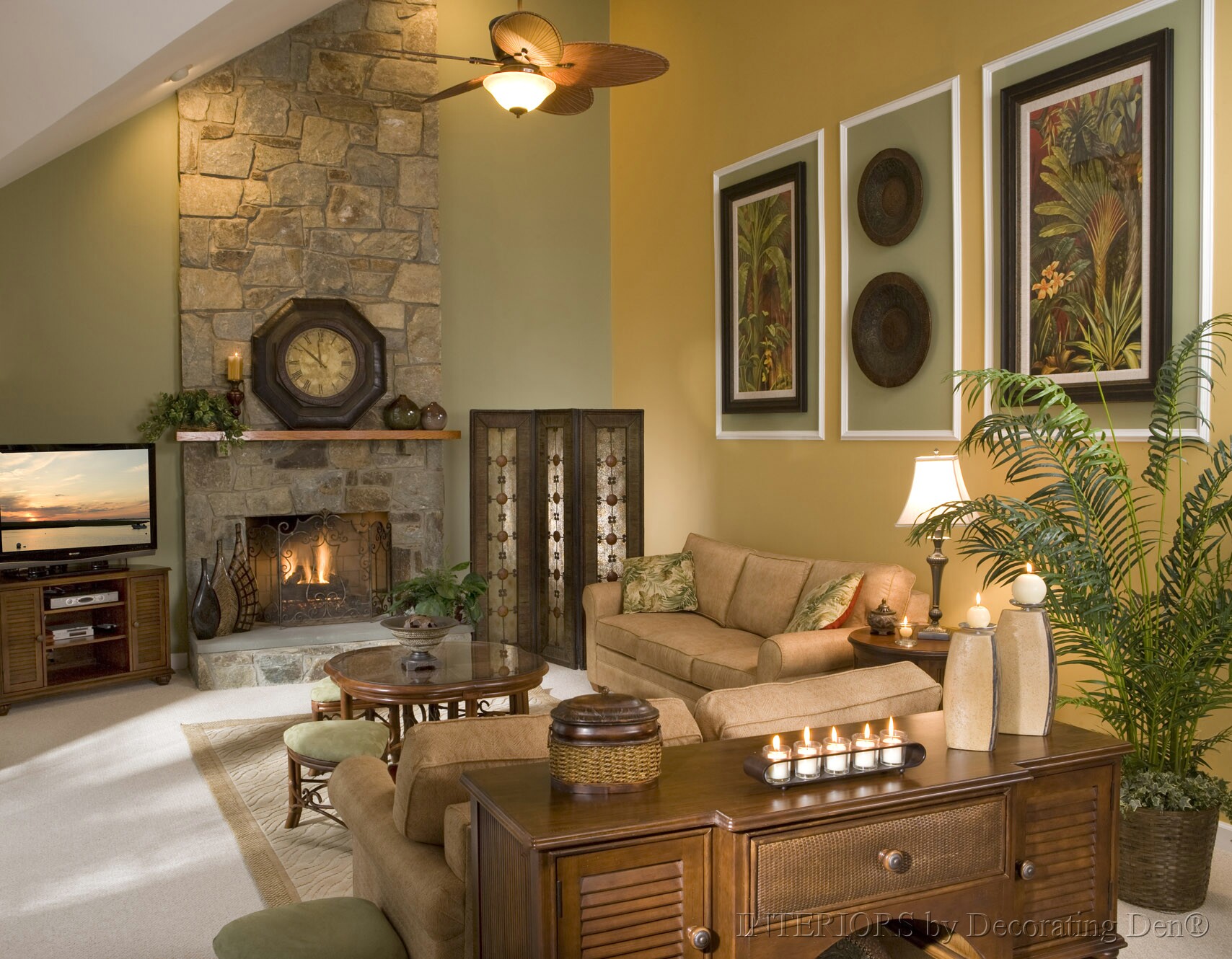
:max_bytes(150000):strip_icc()/living-room-decor-ideas-5442837-hero-8b6e540e13f9457a84fe9f9e26ea2e5c.jpg)
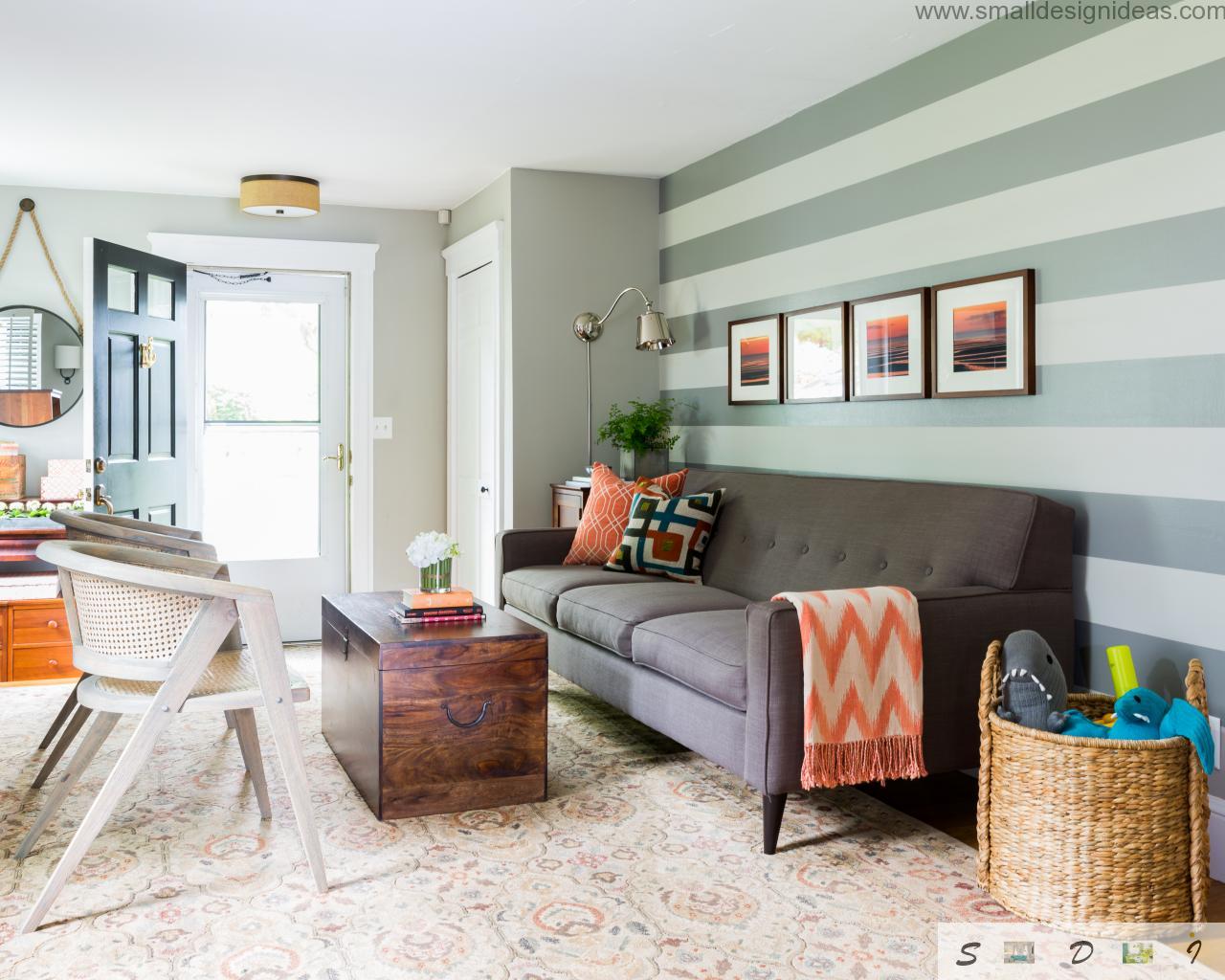






:max_bytes(150000):strip_icc()/cdn.cliqueinc.com__cache__posts__212361__-2030968-1483470364.700x0c-8571e60cad7b42a981ab29ae10b5c153-1c3248487c784cd2994c5a3ba02f7115.jpg)



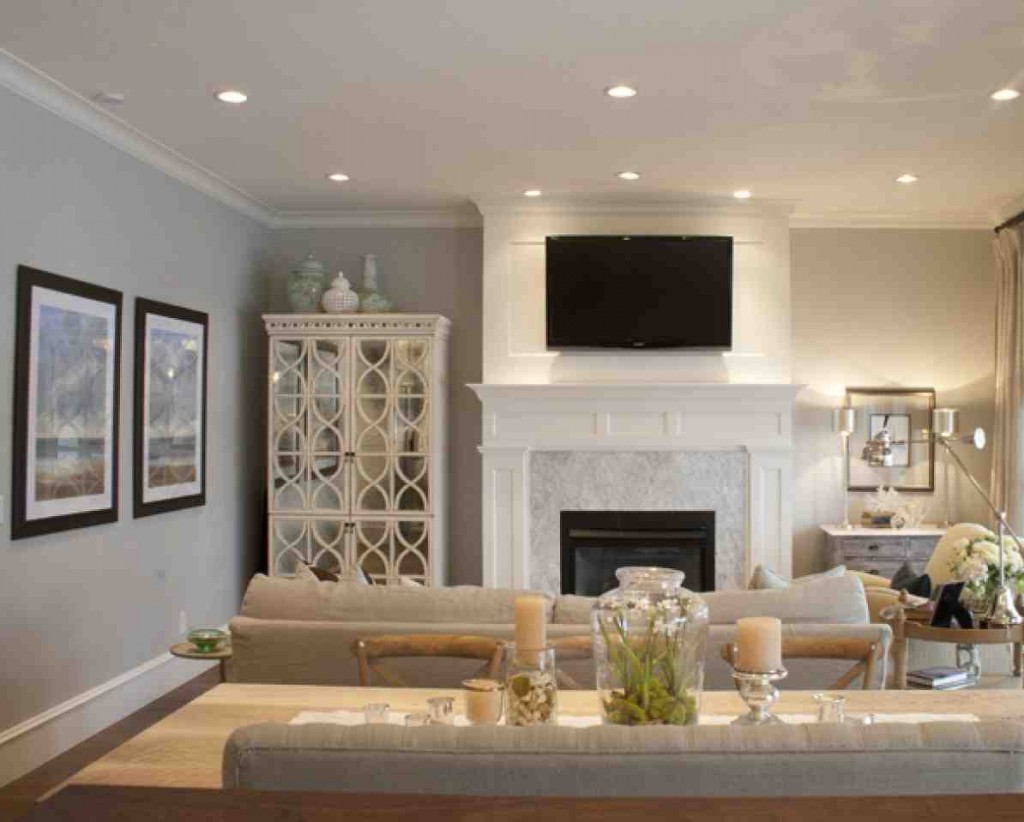
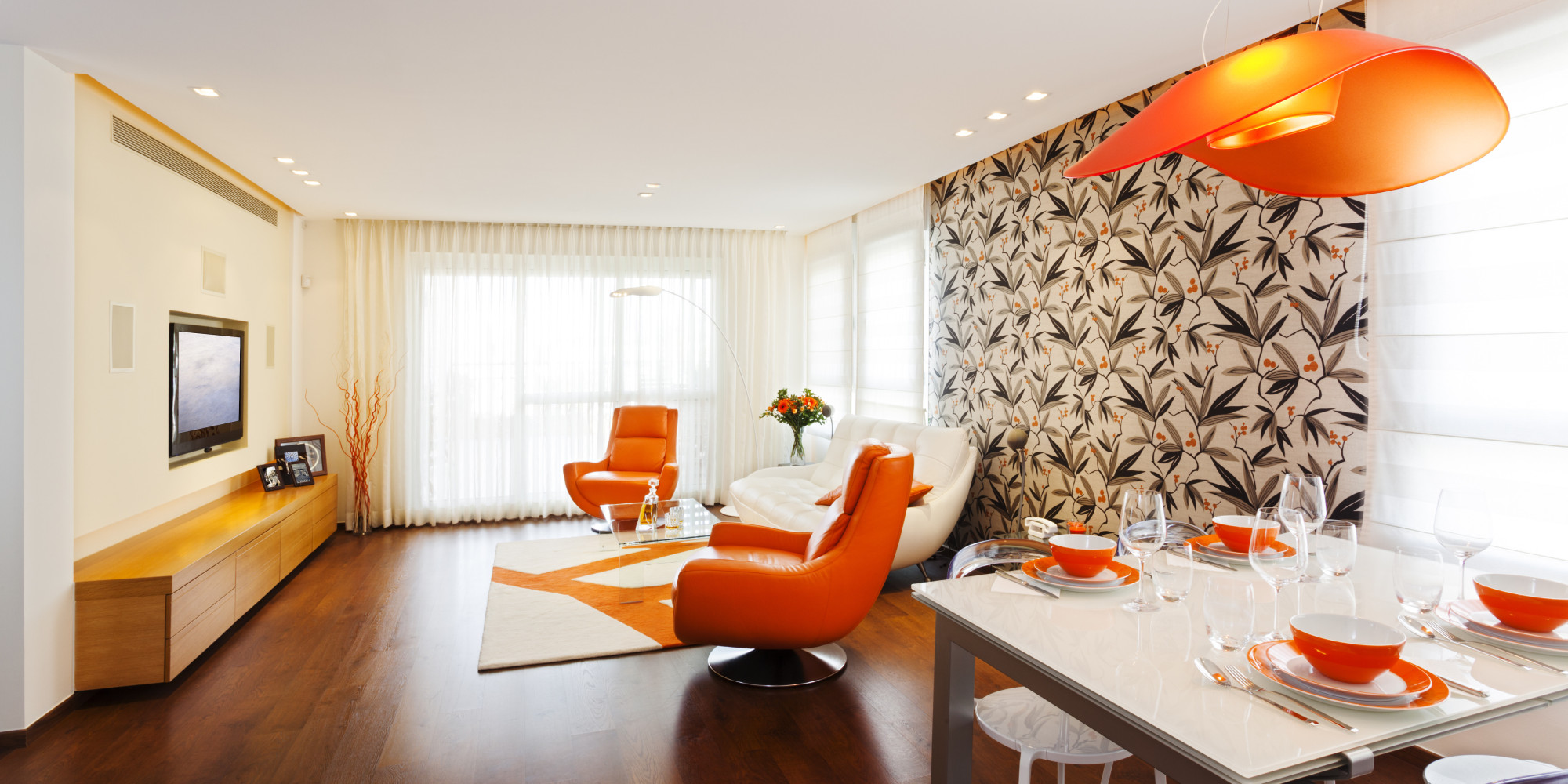
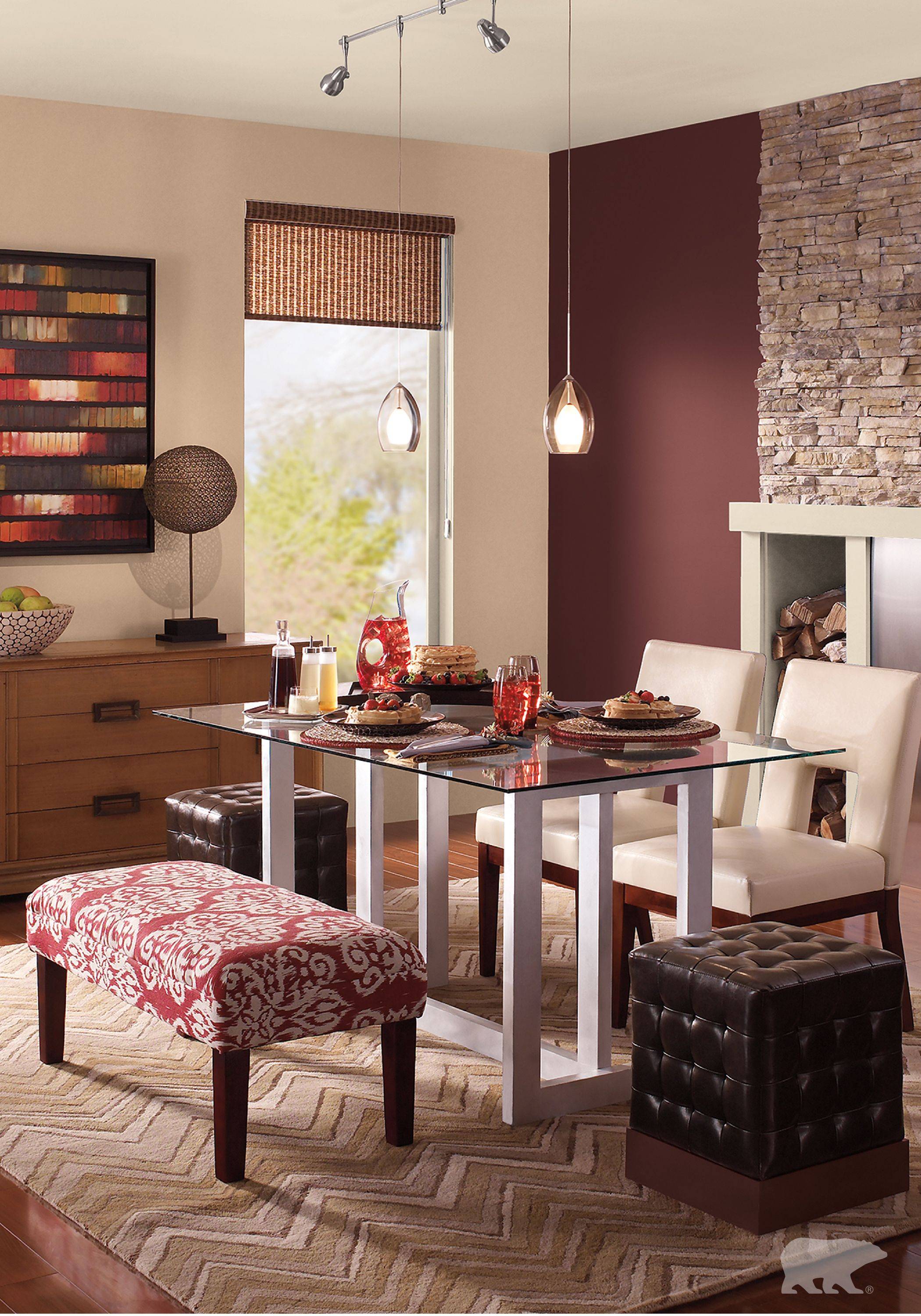


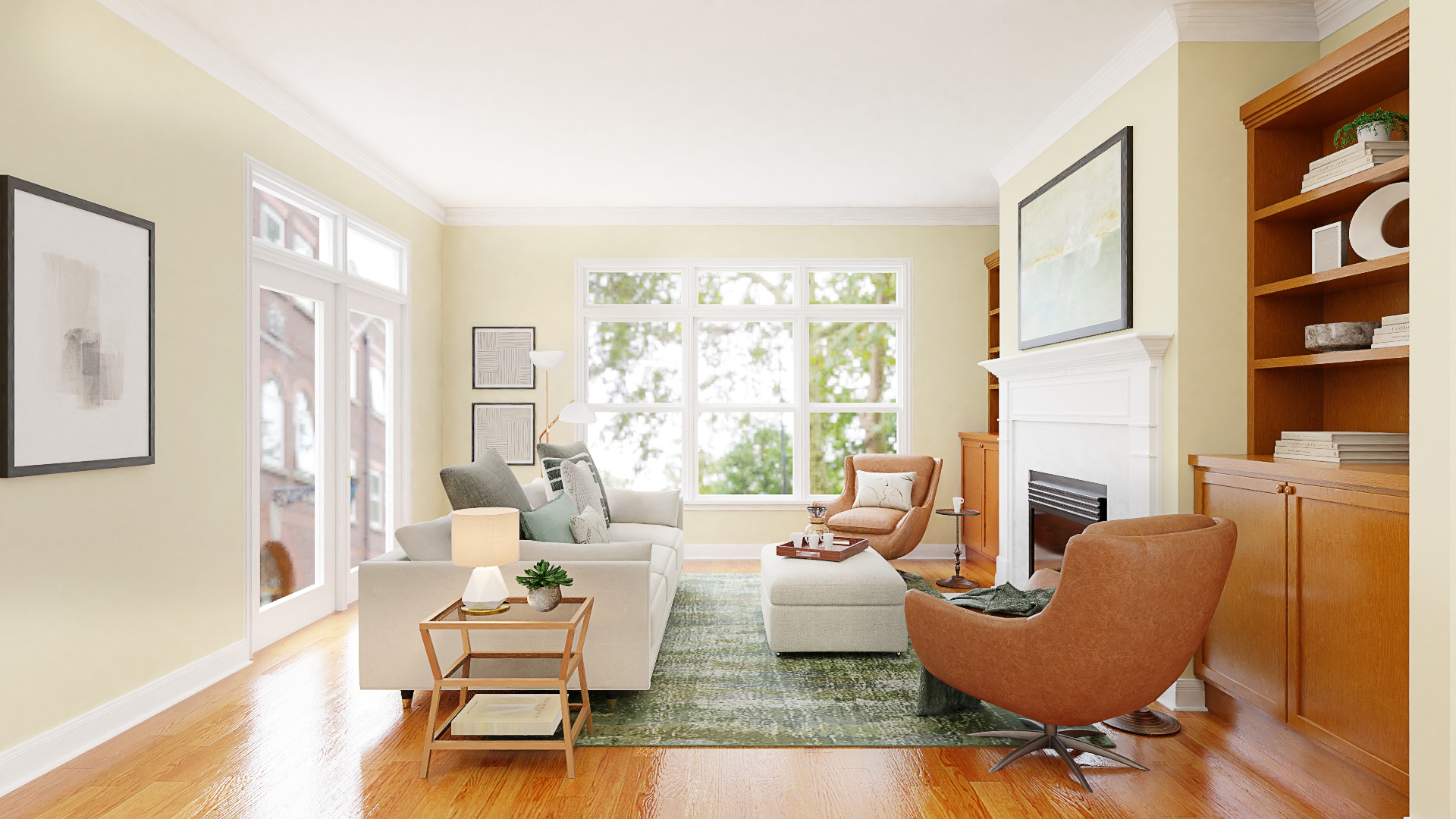

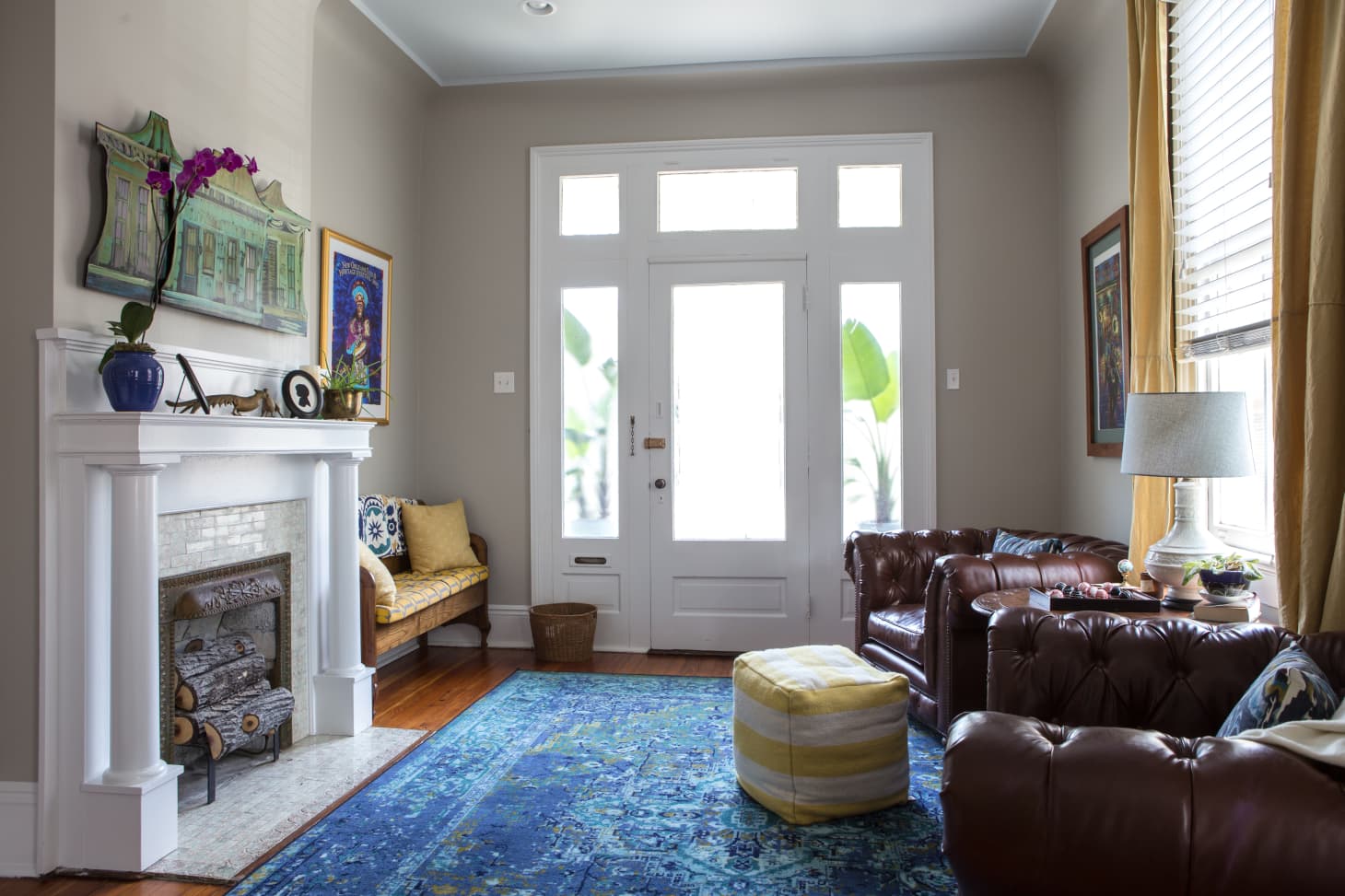






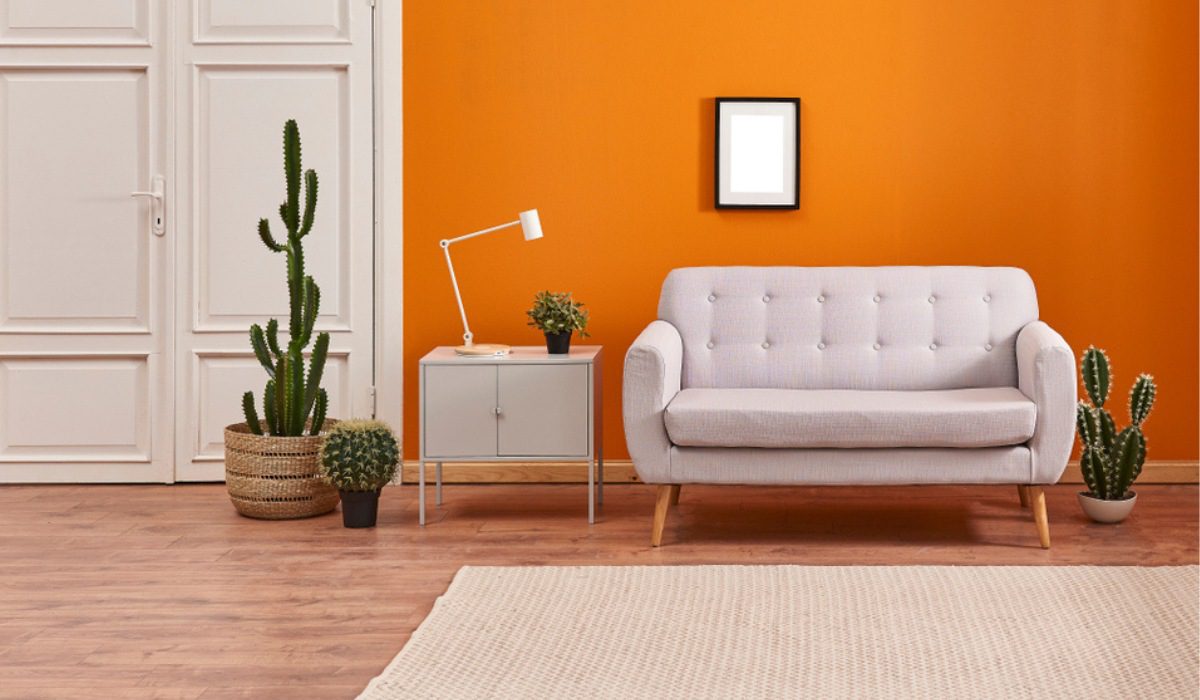



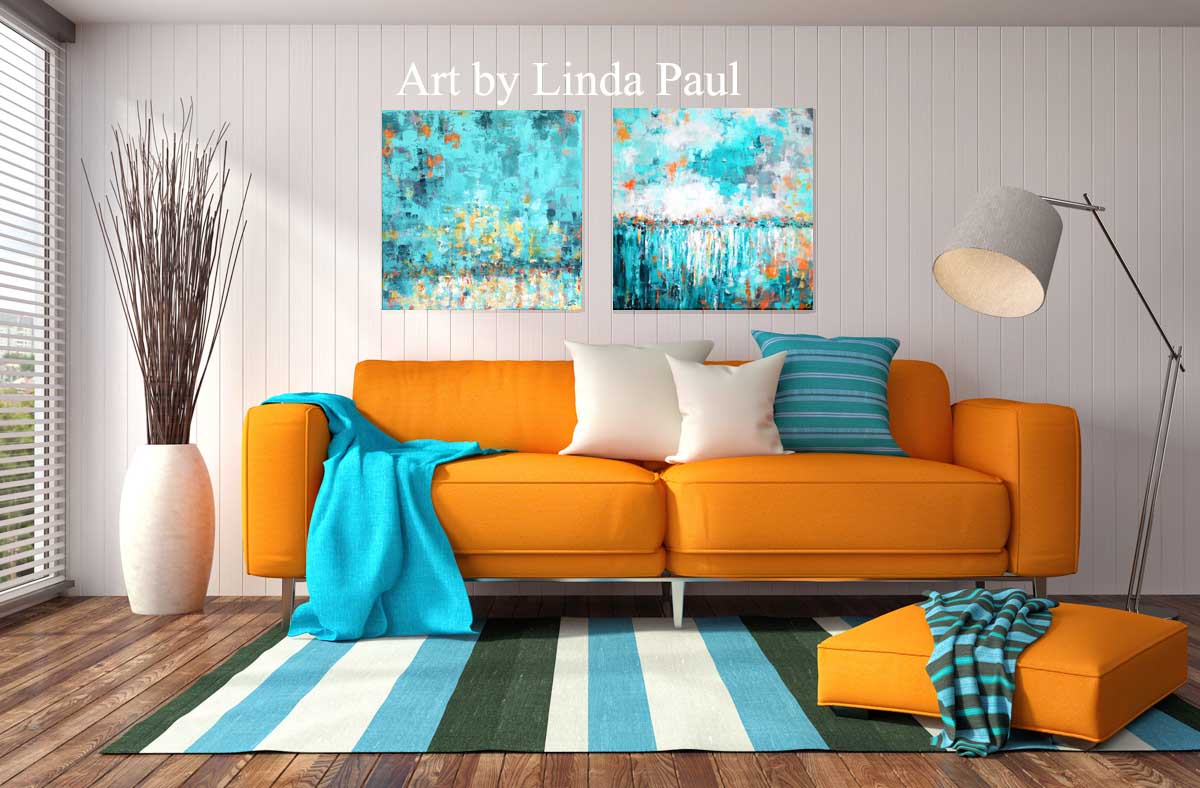


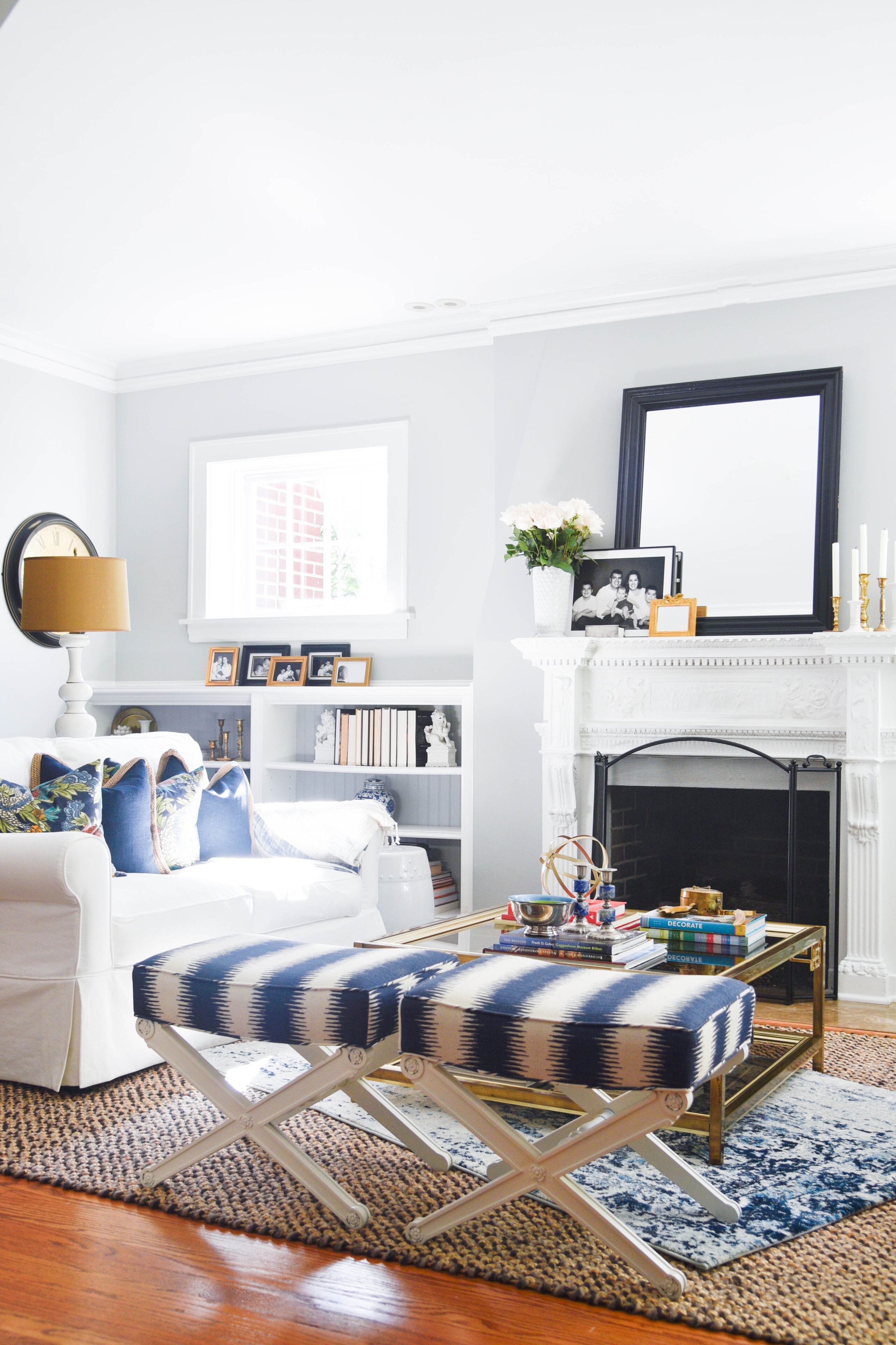
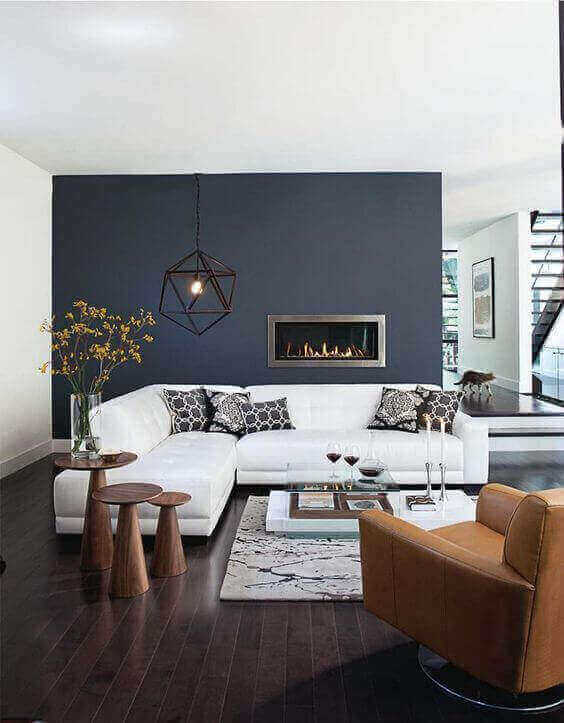
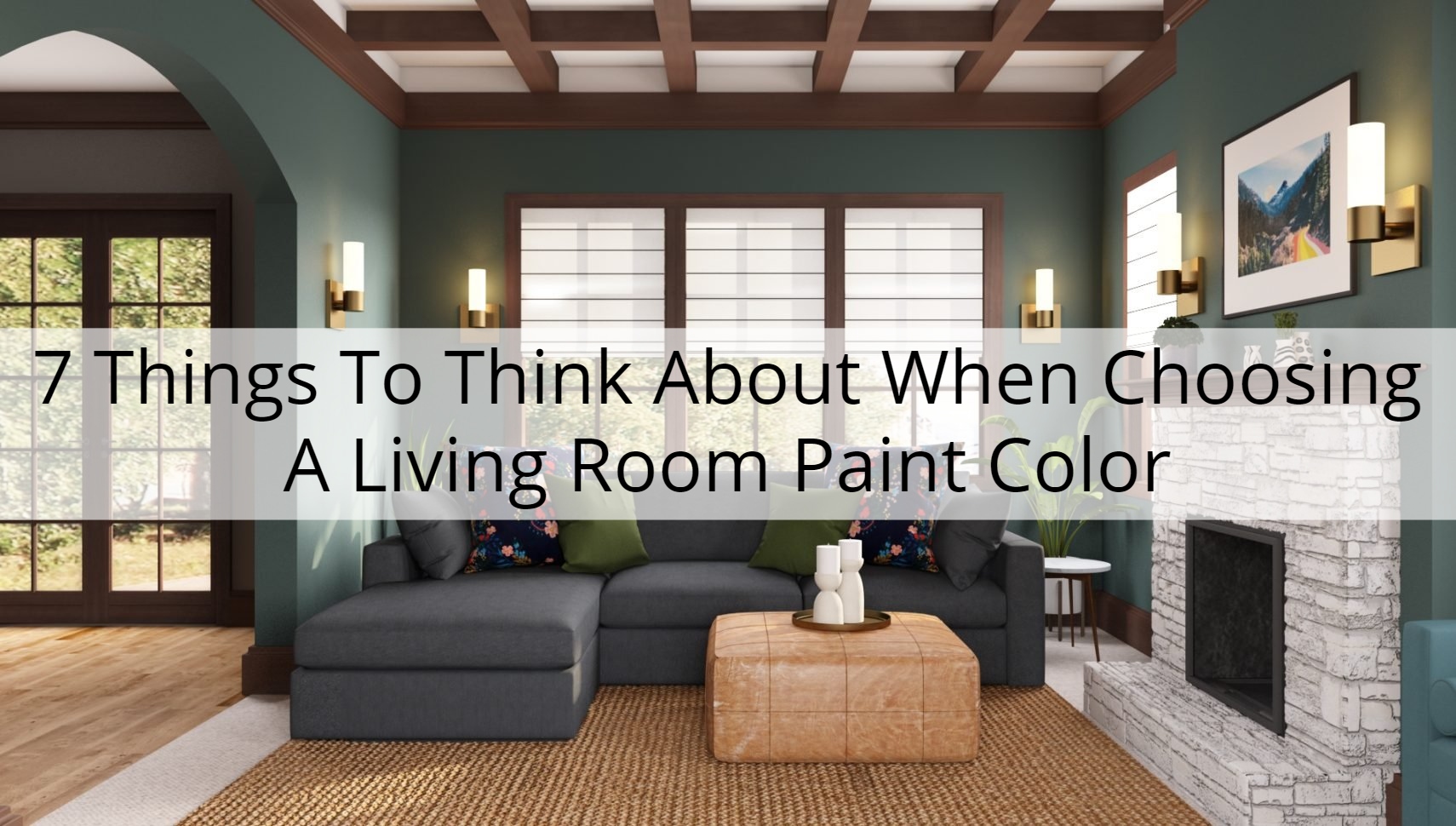


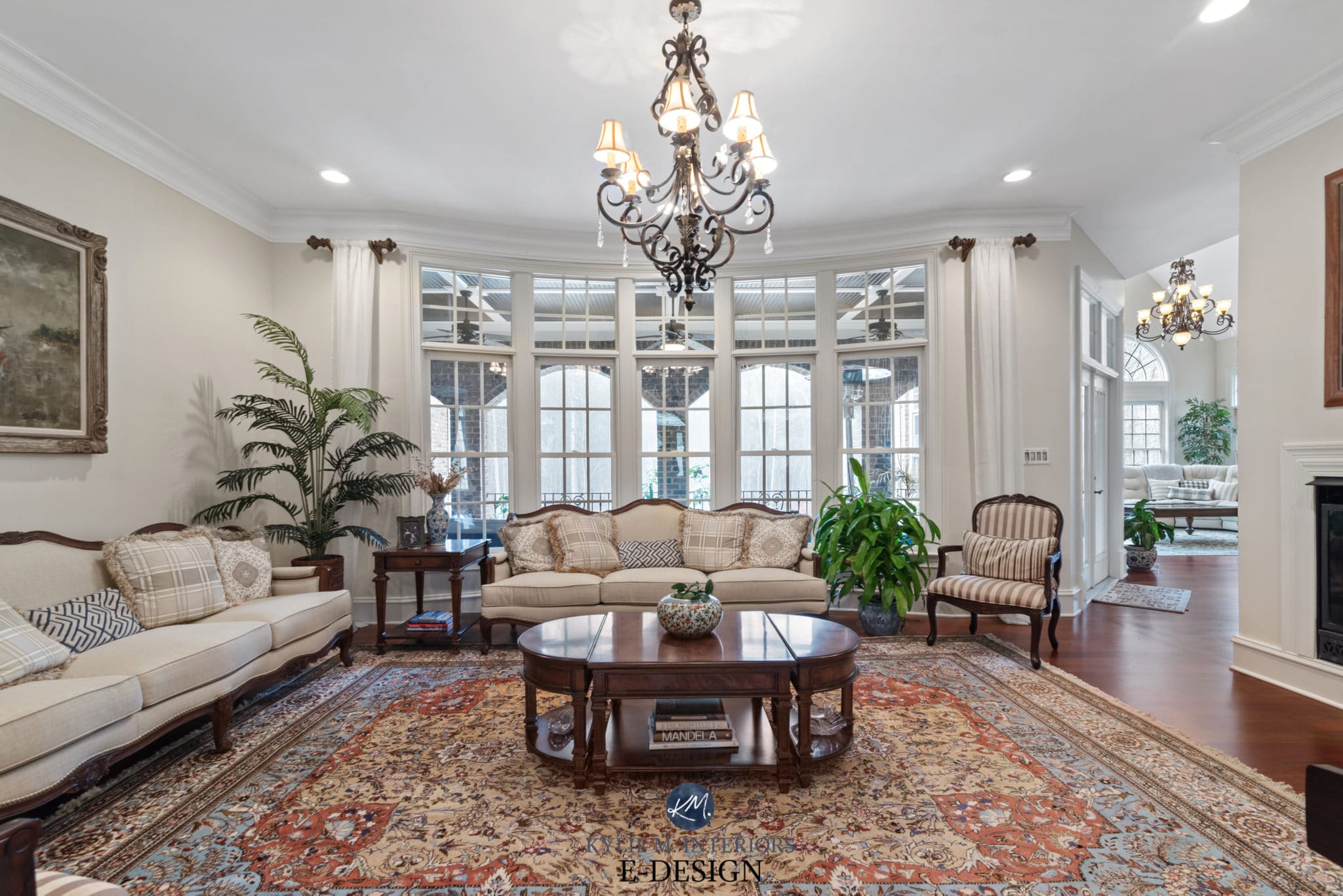
/Modern-living-room-GettyImages-697535803-58ac763e5f9b58a3c93ac8f4.jpg)



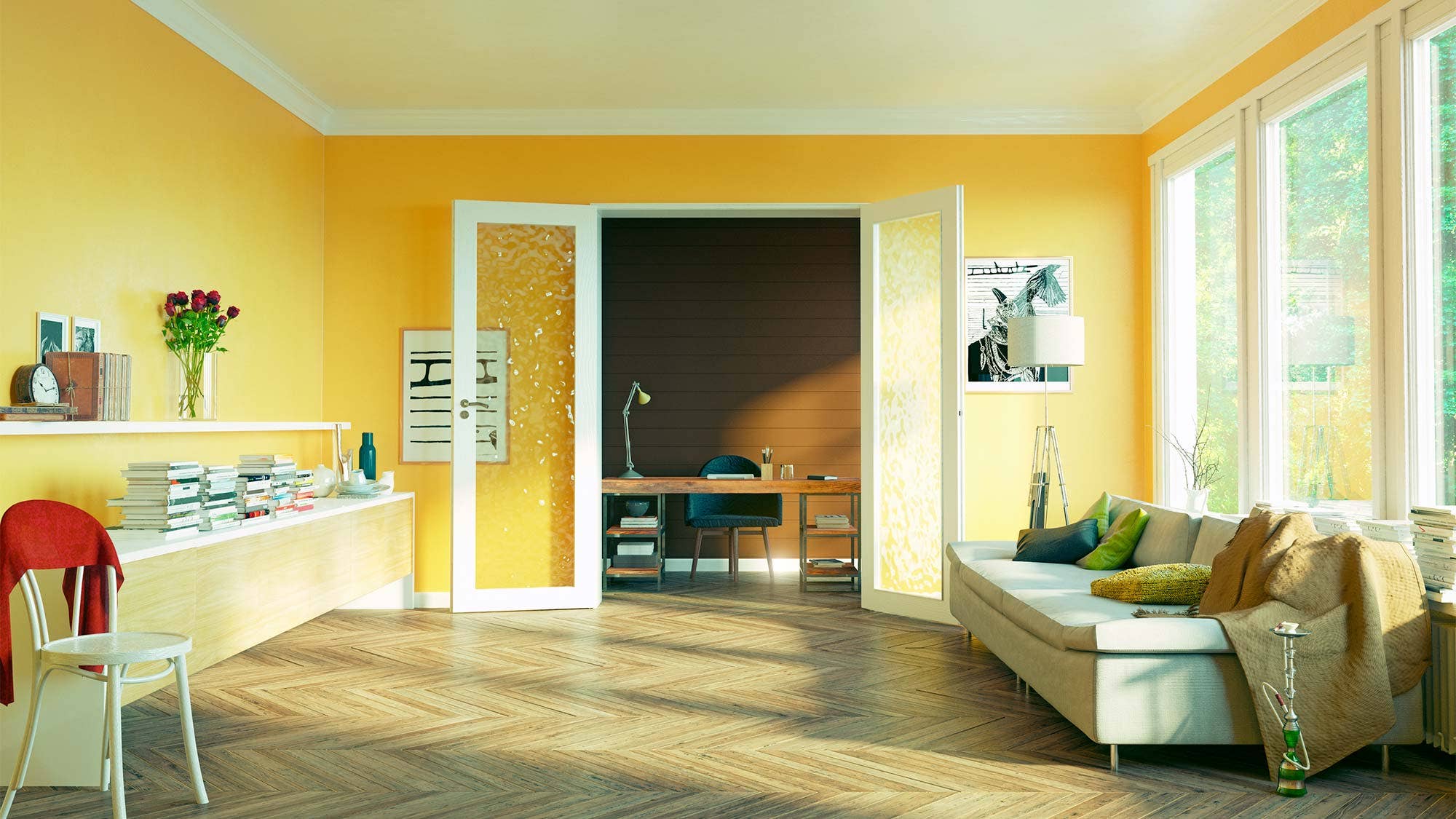


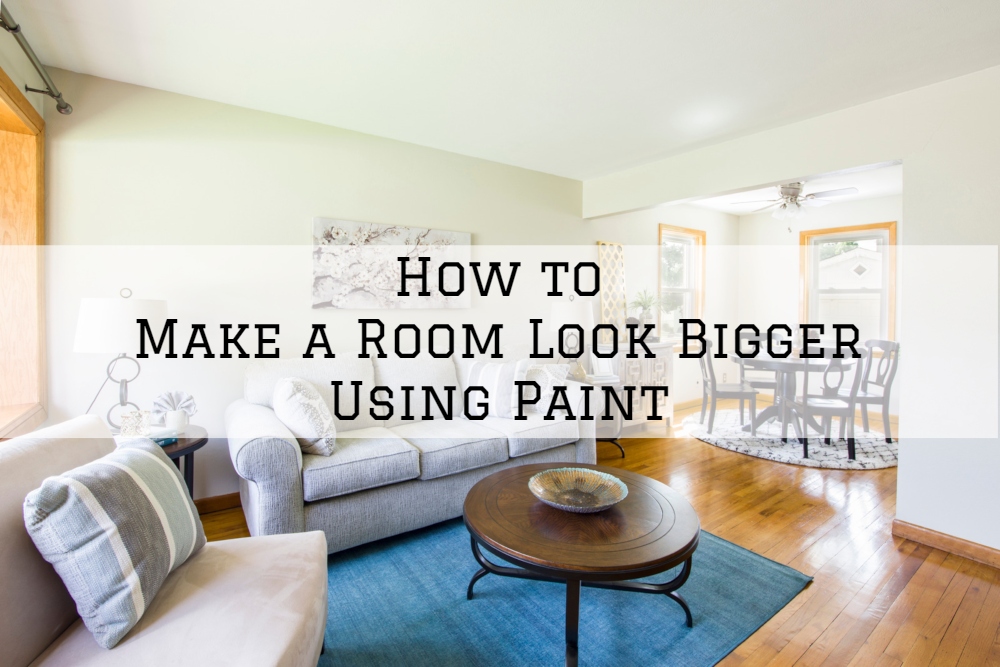












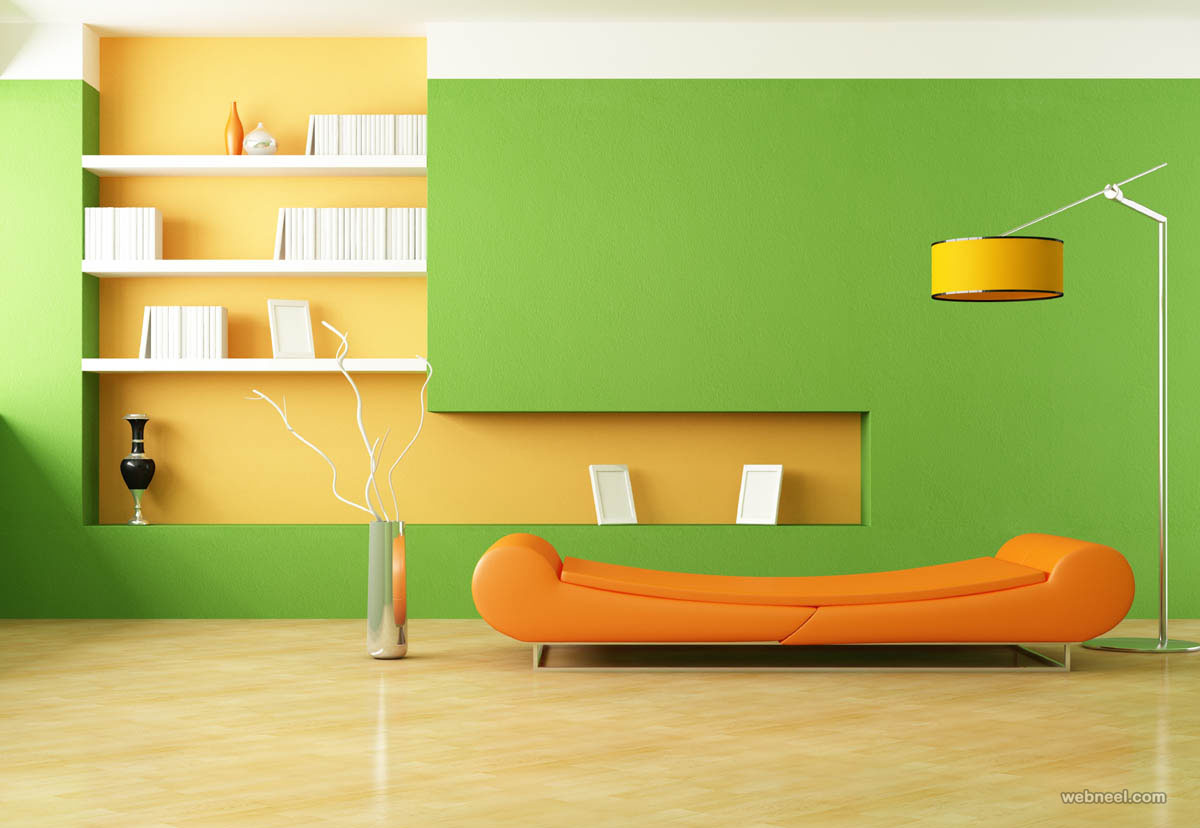







:max_bytes(150000):strip_icc()/visualvantage_84441292_216451146149693_3008351985149100497_n-30f5e244da3448979ca4ba0d88541be9.jpg)

